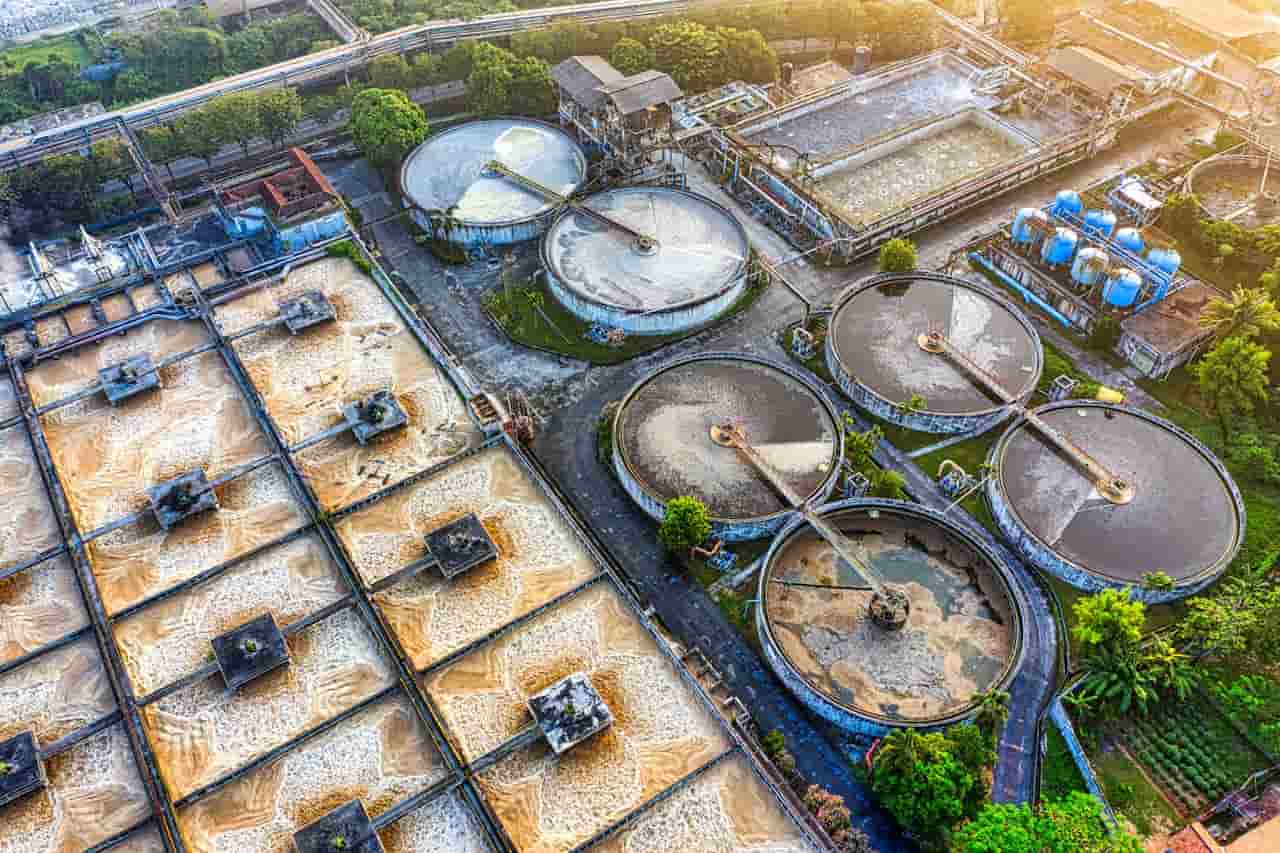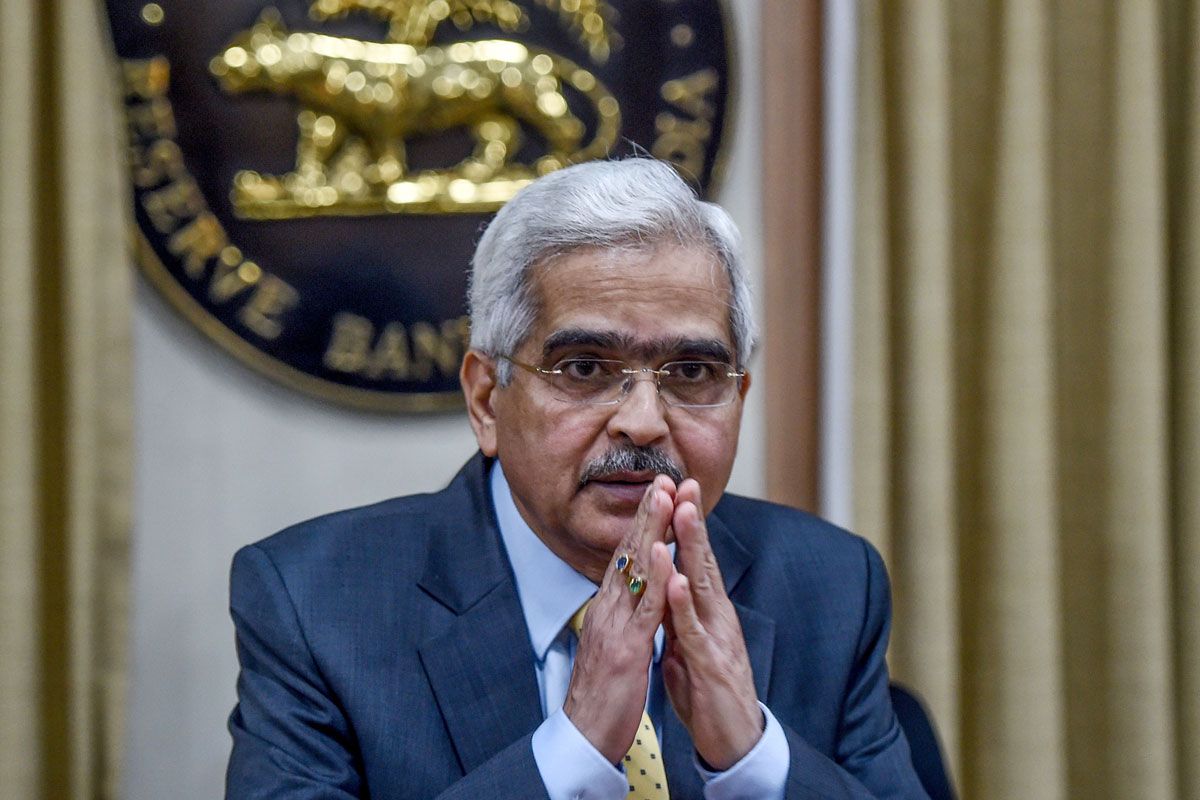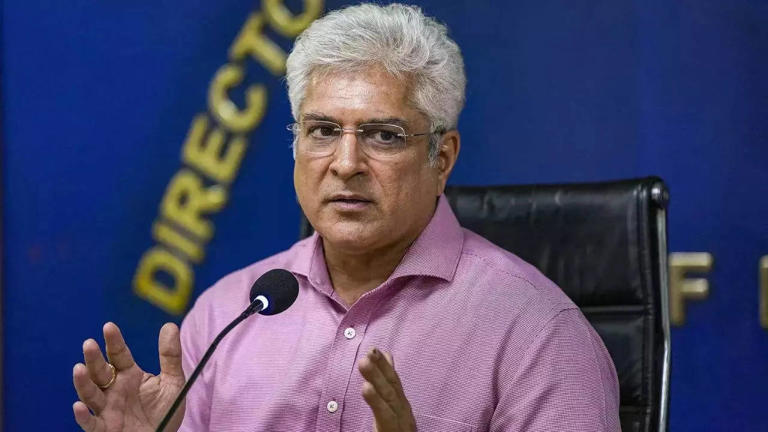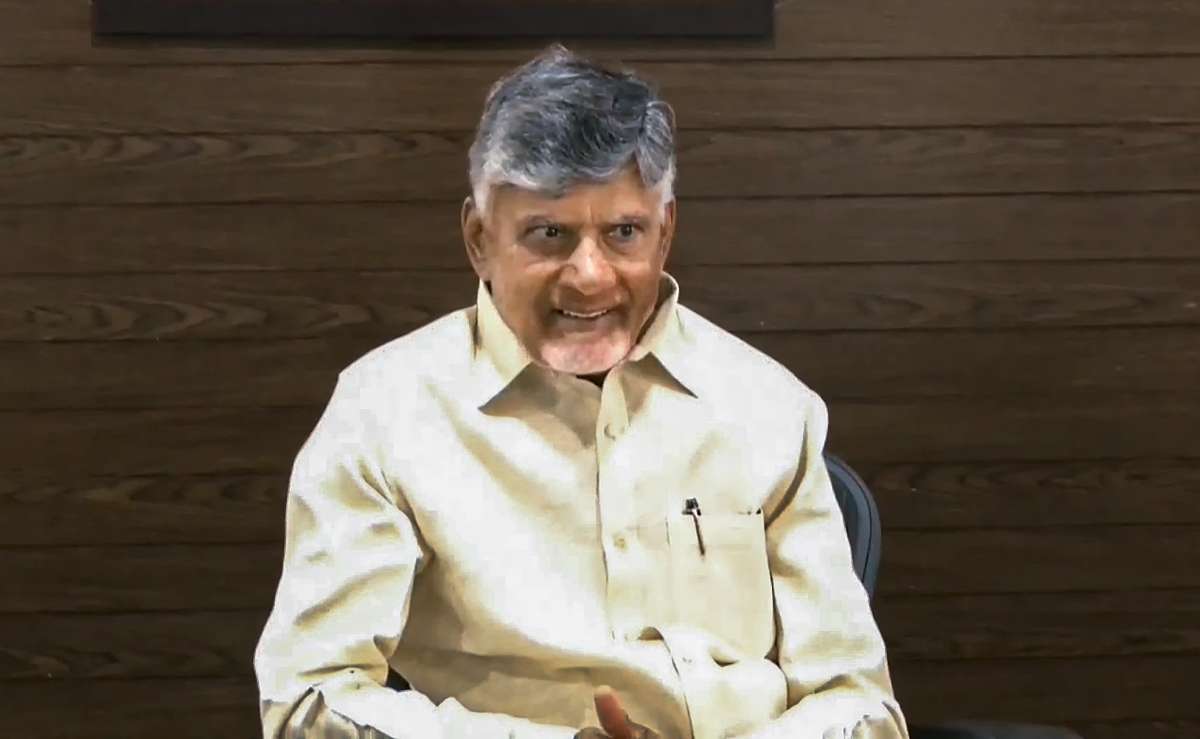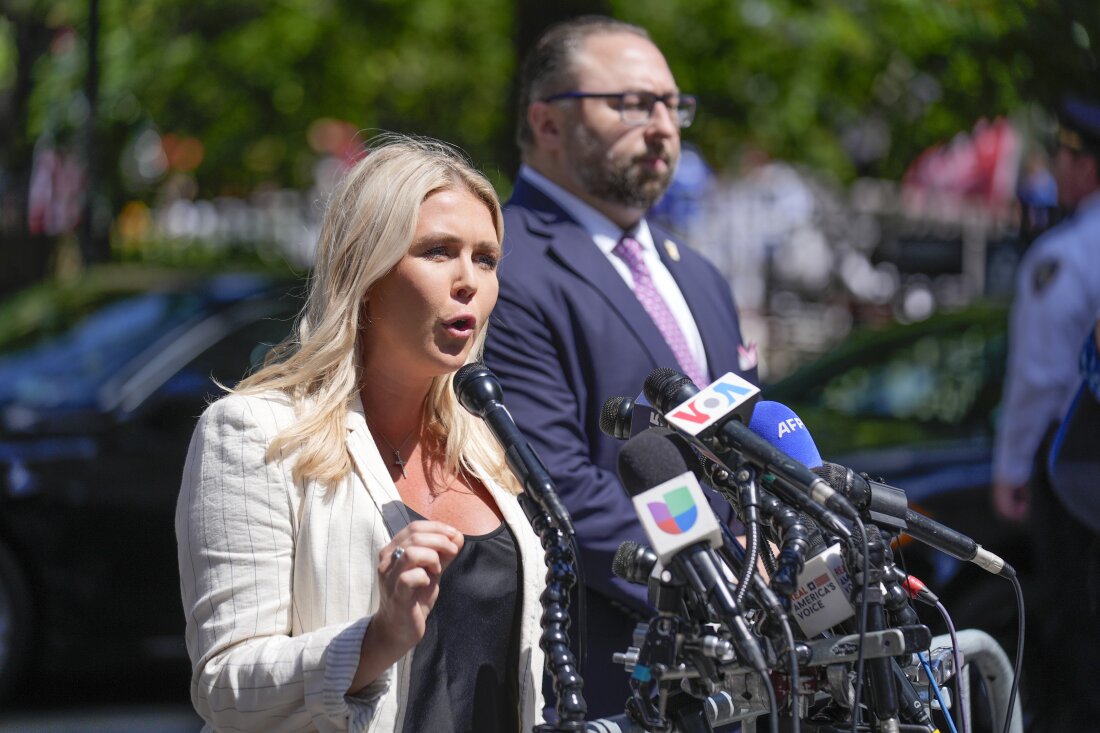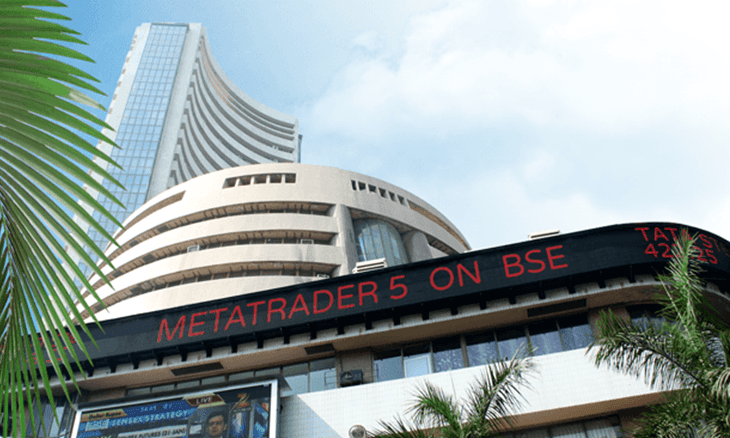Home / science / NASA Encounters Extended Challenges as Astronauts Remain Deployed Aboard the International Space Station
NASA Encounters Extended Challenges as Astronauts Remain Deployed Aboard the International Space Station
By: My India Times
4 minutes read 36Updated At: 2024-12-18

The recent communication from NASA regarding yet another postponement in the return of astronauts Butch Wilmore and Sunita Williams from the International Space Station (ISS) signifies an important development in the intricate landscape of human space exploration. Initially planned as an eight-day mission in June 2024, the two astronauts, aboard Boeing's Starliner spacecraft, are now set to remain in orbit until March 2025. This unexpected extension arises due to technical challenges with the Starliner, NASA's first crewed spacecraft developed under its Commercial Crew Program partnership with Boeing.
The Mission that Took an Unexpected Turn
When Wilmore and Williams launched in June, the mission was seen as a pivotal moment for Boeing’s Starliner—a key player alongside SpaceX in NASA’s efforts to transport astronauts to low Earth orbit. Nevertheless, shortly after arriving at the International Space Station (ISS), engineers discovered significant issues with the Starliner's propulsion system. Problems with the reaction control system (RCS) thrusters and helium leaks became evident, leading to concerns regarding the spacecraft's capacity to return to Earth safely.
To ensure the astronauts' safety, NASA made the difficult decision to conduct an uncrewed return of the Starliner, leaving Wilmore and Williams aboard the ISS indefinitely. The duo was subsequently incorporated into SpaceX's Crew-9 return mission strategy, emphasizing the increasing dependency of NASA on SpaceX as a reliable collaborator.
The Role of SpaceX’s Dragon Spacecraft
SpaceX’s Dragon spacecraft, renowned for its proven track record, became the alternative lifeboat for the stranded astronauts. In September 2024, Crew-9 arrived at the ISS aboard Dragon with two vacant seats reserved for Wilmore and Williams. Initially, their return was scheduled for February 2025. However, NASA recently announced that the Crew-10 mission, which will replace Crew-9, has been postponed until March 2025 to allow more preparation time for SpaceX's new Dragon spacecraft. This extended timeline means the astronauts will spend nearly 10 months in orbit—much longer than the planned eight-day mission.
Technical Troubles with Starliner
Starliner’s technical issues highlight the challenges of developing new spacecraft for human exploration. Post-launch analysis revealed that excessive heat had caused the Teflon seals in the RCS thrusters to deform, obstructing the flow of propellant. These malfunctions, combined with helium leaks, posed potential risks to the spacecraft’s orbital maneuvering systems. While engineers successfully conducted hotfire tests on the spacecraft while it was docked to the ISS, doubts persisted about its reliability during re-entry.
This situation has placed Boeing in the spotlight. The Starliner program, which represents a critical element of NASA’s broader strategy to foster commercial partnerships, now faces questions about its readiness for crewed missions. Despite the setbacks, NASA remains committed to Starliner’s development, viewing these challenges as an opportunity to refine the spacecraft and improve its safety for future missions.
Astronauts Adjust to Extended Space Missions
Although stranded in space, Wilmore and Williams have continued their work aboard the ISS with Crew-9 and the remaining team. Both astronauts are seasoned veterans, accustomed to the demands of long-duration space missions. However, this extended stay is not without its challenges. Prolonged exposure to microgravity can lead to muscle loss, bone density reduction, and potential impacts on mental health. NASA has assured the public that the astronauts are safe and that their health is closely monitored, with measures in place to mitigate the effects of their extended mission.
The Bigger Picture: A Test of Commercial Partnerships
This mission underscores the importance of robust partnerships between NASA and private companies like Boeing and SpaceX. While Starliner’s setbacks are disappointing, they serve as a reminder of the complexities of human spaceflight. SpaceX’s role in this mission has reinforced its reputation as a reliable partner, with its Dragon spacecraft routinely rotating crews to and from the ISS.
Boeing’s challenges also highlight the need for redundancy in space programs. Having multiple spacecraft capable of ferrying astronauts ensures that unforeseen issues, like those faced by Starliner, do not jeopardize crew safety or disrupt the continuity of ISS operations.
Looking Ahead
As NASA and Boeing continue to address the Starliner’s technical issues, the focus remains on ensuring the safe return of Wilmore and Williams. Meanwhile, the astronauts’ extended mission is providing valuable data for future long-duration spaceflights, which will be crucial as NASA sets its sights on ambitious goals, including lunar and Martian exploration.
This episode is a testament to the resilience and adaptability of astronauts and the teams supporting them. While the path forward for Starliner may be challenging, the lessons learned will undoubtedly strengthen NASA's commitment to advancing human space exploration.
....The recent communication from NASA regarding yet another postponement in the return of astronauts Butch Wilmore and Sunita Williams from the International Space Station (ISS) signifies an important development in the intricate landscape of human space exploration. Initially planned as an eight-day mission in June 2024, the two astronauts, aboard Boeing's Starliner spacecraft, are now set to remain in orbit until March 2025. This unexpected extension arises due to technical challenges with the Starliner, NASA's first crewed spacecraft developed under its Commercial Crew Program partnership with Boeing.
The Mission that Took an Unexpected Turn
When Wilmore and Williams launched in June, the mission was seen as a pivotal moment for Boeing’s Starliner—a key player alongside SpaceX in NASA’s efforts to transport astronauts to low Earth orbit. Nevertheless, shortly after arriving at the International Space Station (ISS), engineers discovered significant issues with the Starliner's propulsion system. Problems with the reaction control system (RCS) thrusters and helium leaks became evident, leading to concerns regarding the spacecraft's capacity to return to Earth safely.
To ensure the astronauts' safety, NASA made the difficult decision to conduct an uncrewed return of the Starliner, leaving Wilmore and Williams aboard the ISS indefinitely. The duo was subsequently incorporated into SpaceX's Crew-9 return mission strategy, emphasizing the increasing dependency of NASA on SpaceX as a reliable collaborator.
The Role of SpaceX’s Dragon Spacecraft
SpaceX’s Dragon spacecraft, renowned for its proven track record, became the alternative lifeboat for the stranded astronauts. In September 2024, Crew-9 arrived at the ISS aboard Dragon with two vacant seats reserved for Wilmore and Williams. Initially, their return was scheduled for February 2025. However, NASA recently announced that the Crew-10 mission, which will replace Crew-9, has been postponed until March 2025 to allow more preparation time for SpaceX's new Dragon spacecraft. This extended timeline means the astronauts will spend nearly 10 months in orbit—much longer than the planned eight-day mission.
Technical Troubles with Starliner
Starliner’s technical issues highlight the challenges of developing new spacecraft for human exploration. Post-launch analysis revealed that excessive heat had caused the Teflon seals in the RCS thrusters to deform, obstructing the flow of propellant. These malfunctions, combined with helium leaks, posed potential risks to the spacecraft’s orbital maneuvering systems. While engineers successfully conducted hotfire tests on the spacecraft while it was docked to the ISS, doubts persisted about its reliability during re-entry.
This situation has placed Boeing in the spotlight. The Starliner program, which represents a critical element of NASA’s broader strategy to foster commercial partnerships, now faces questions about its readiness for crewed missions. Despite the setbacks, NASA remains committed to Starliner’s development, viewing these challenges as an opportunity to refine the spacecraft and improve its safety for future missions.
Astronauts Adjust to Extended Space Missions
Although stranded in space, Wilmore and Williams have continued their work aboard the ISS with Crew-9 and the remaining team. Both astronauts are seasoned veterans, accustomed to the demands of long-duration space missions. However, this extended stay is not without its challenges. Prolonged exposure to microgravity can lead to muscle loss, bone density reduction, and potential impacts on mental health. NASA has assured the public that the astronauts are safe and that their health is closely monitored, with measures in place to mitigate the effects of their extended mission.
The Bigger Picture: A Test of Commercial Partnerships
This mission underscores the importance of robust partnerships between NASA and private companies like Boeing and SpaceX. While Starliner’s setbacks are disappointing, they serve as a reminder of the complexities of human spaceflight. SpaceX’s role in this mission has reinforced its reputation as a reliable partner, with its Dragon spacecraft routinely rotating crews to and from the ISS.
Boeing’s challenges also highlight the need for redundancy in space programs. Having multiple spacecraft capable of ferrying astronauts ensures that unforeseen issues, like those faced by Starliner, do not jeopardize crew safety or disrupt the continuity of ISS operations.
Looking Ahead
As NASA and Boeing continue to address the Starliner’s technical issues, the focus remains on ensuring the safe return of Wilmore and Williams. Meanwhile, the astronauts’ extended mission is providing valuable data for future long-duration spaceflights, which will be crucial as NASA sets its sights on ambitious goals, including lunar and Martian exploration.
This episode is a testament to the resilience and adaptability of astronauts and the teams supporting them. While the path forward for Starliner may be challenging, the lessons learned will undoubtedly strengthen NASA's commitment to advancing human space exploration.
By: My India Times
Updated At: 2024-12-18
Tags: science News | My India Times News | Trending News | Travel News
Join our WhatsApp Channel




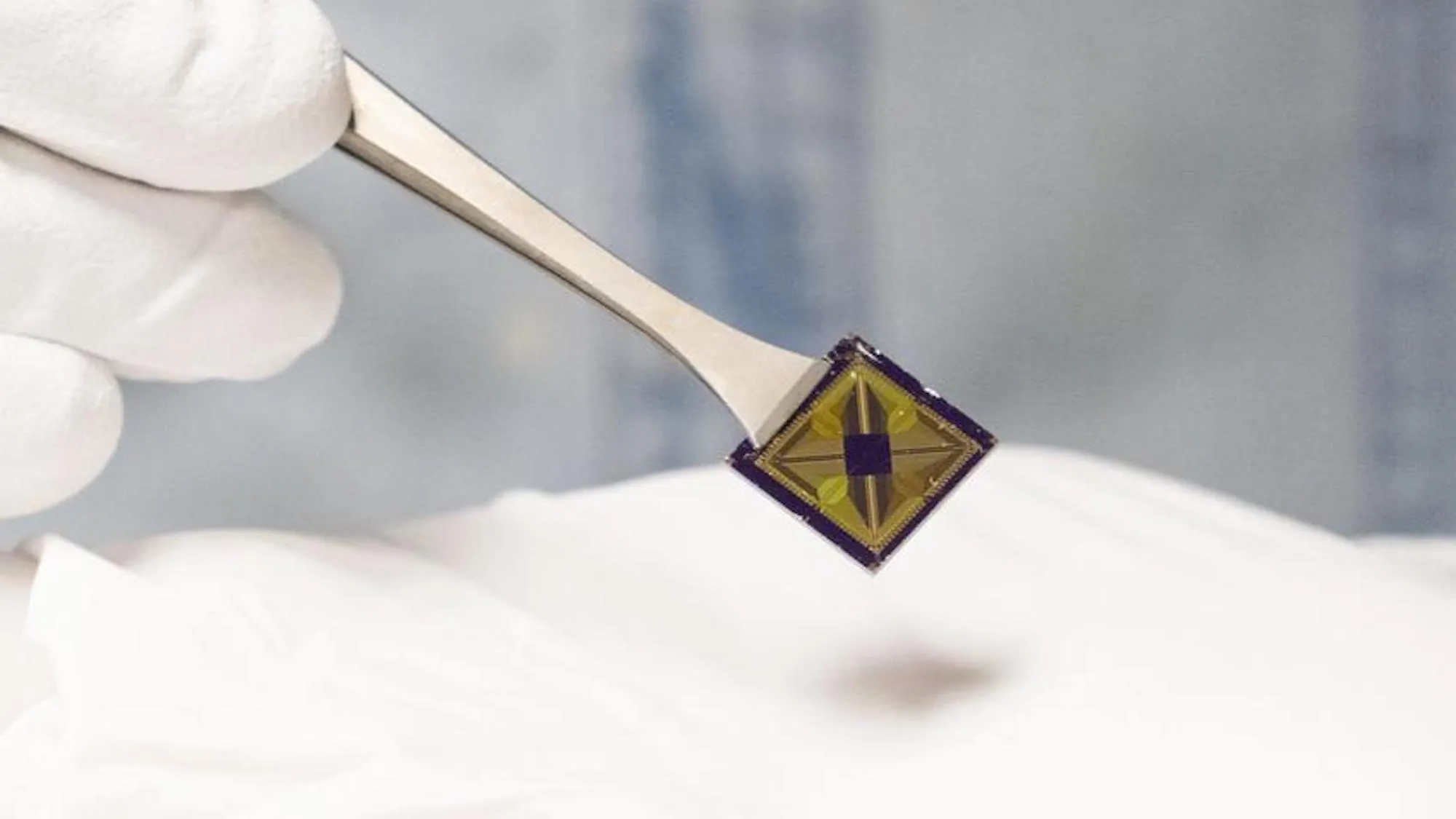



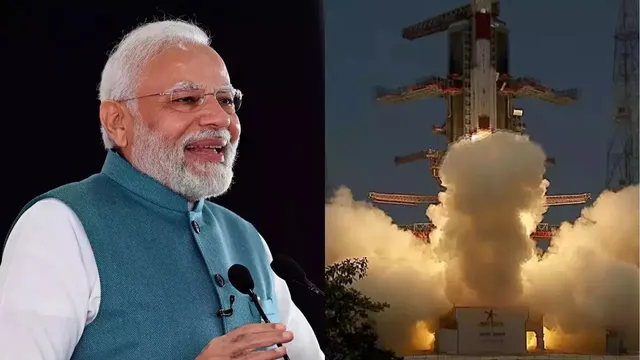







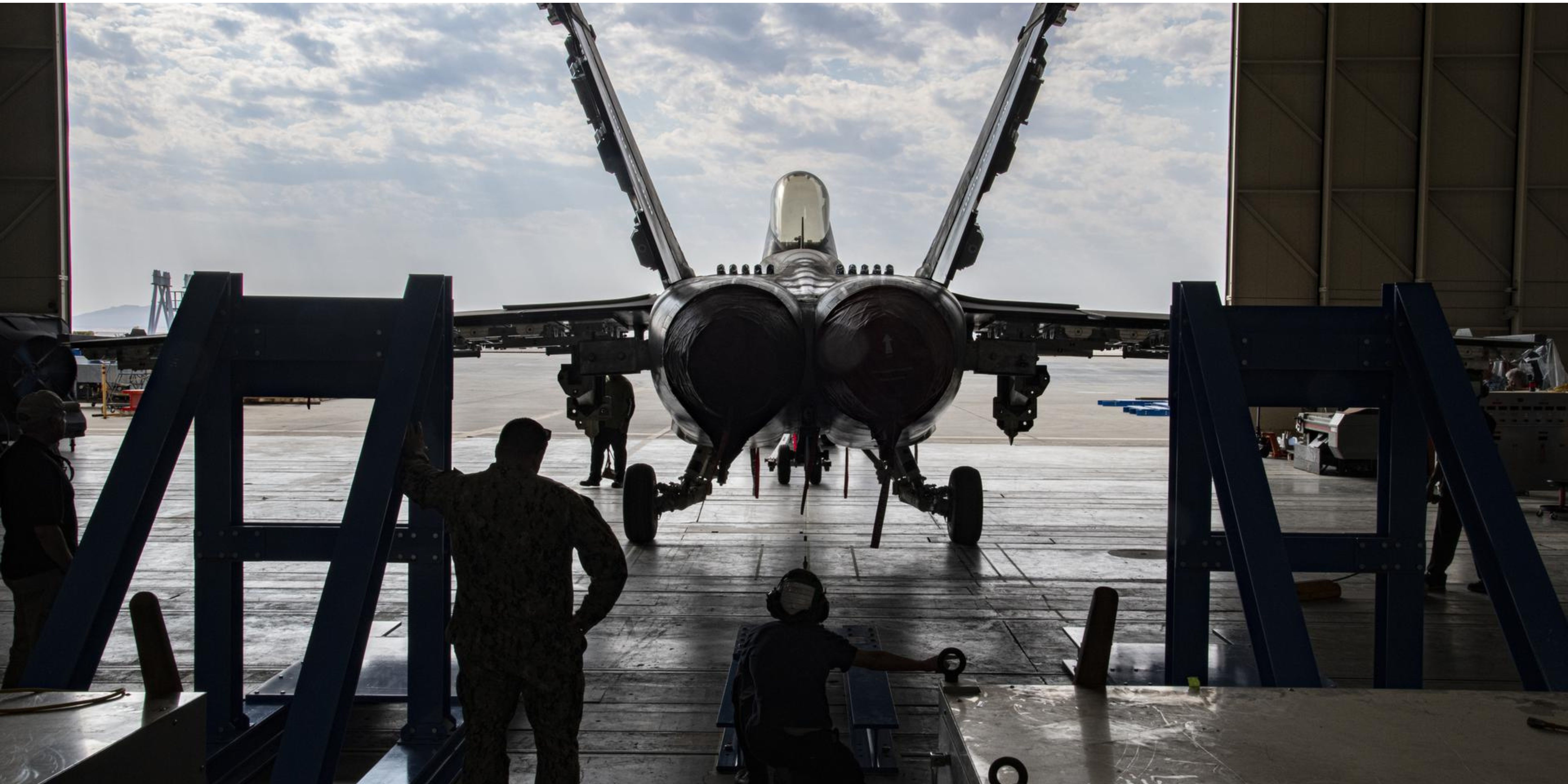



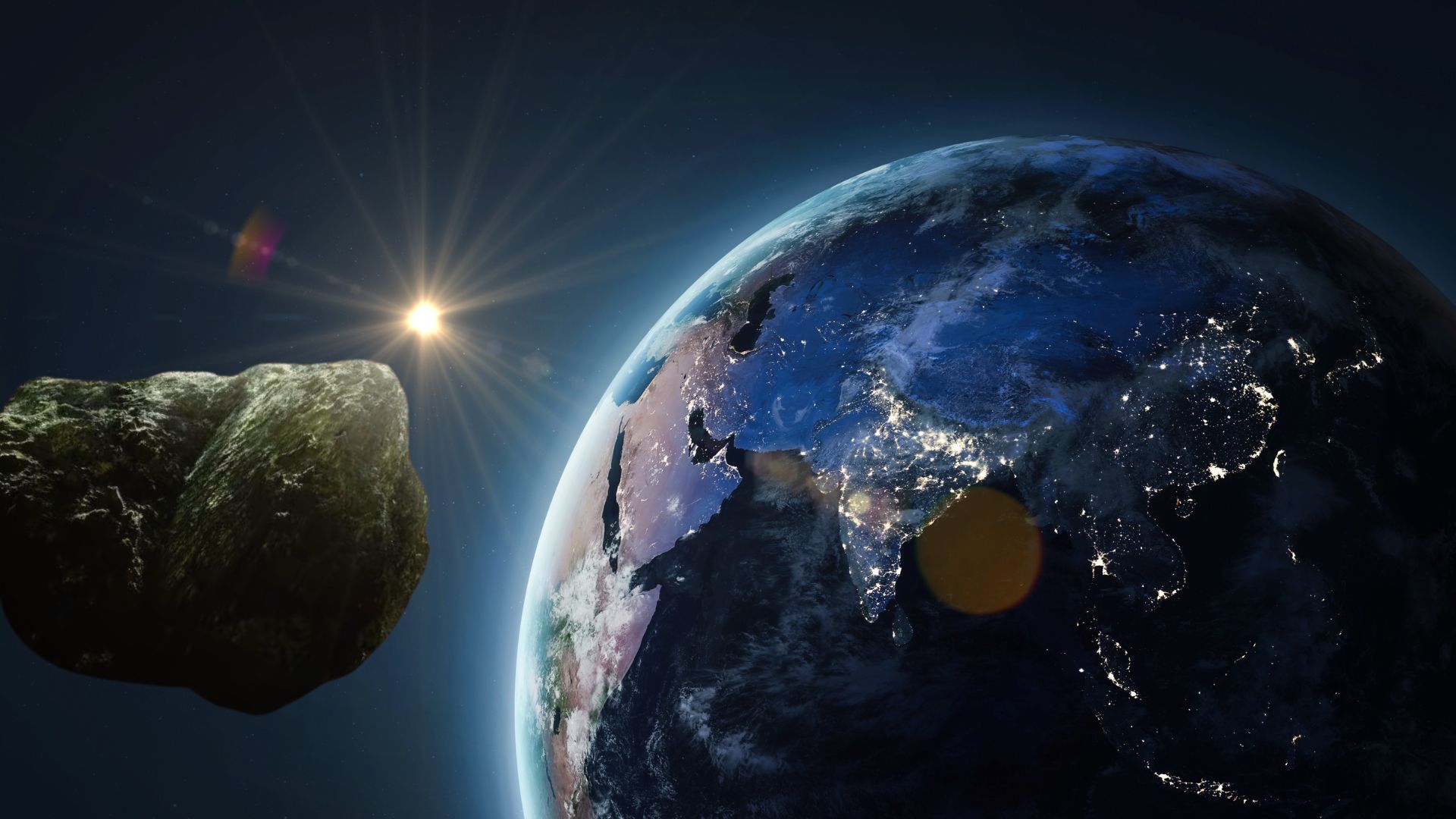

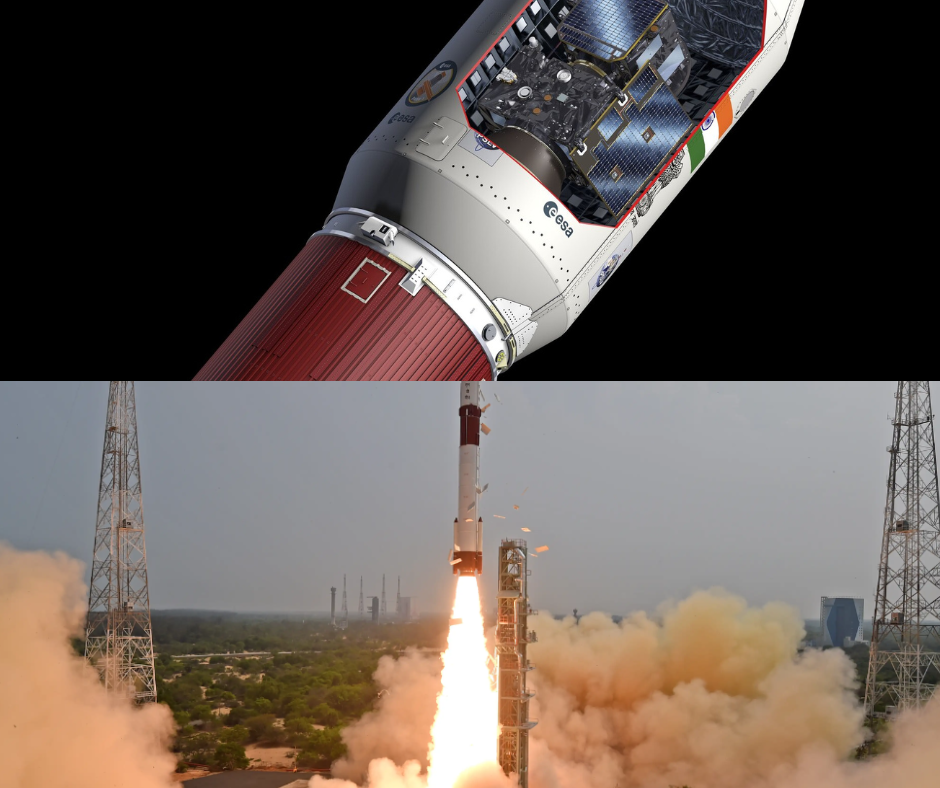


















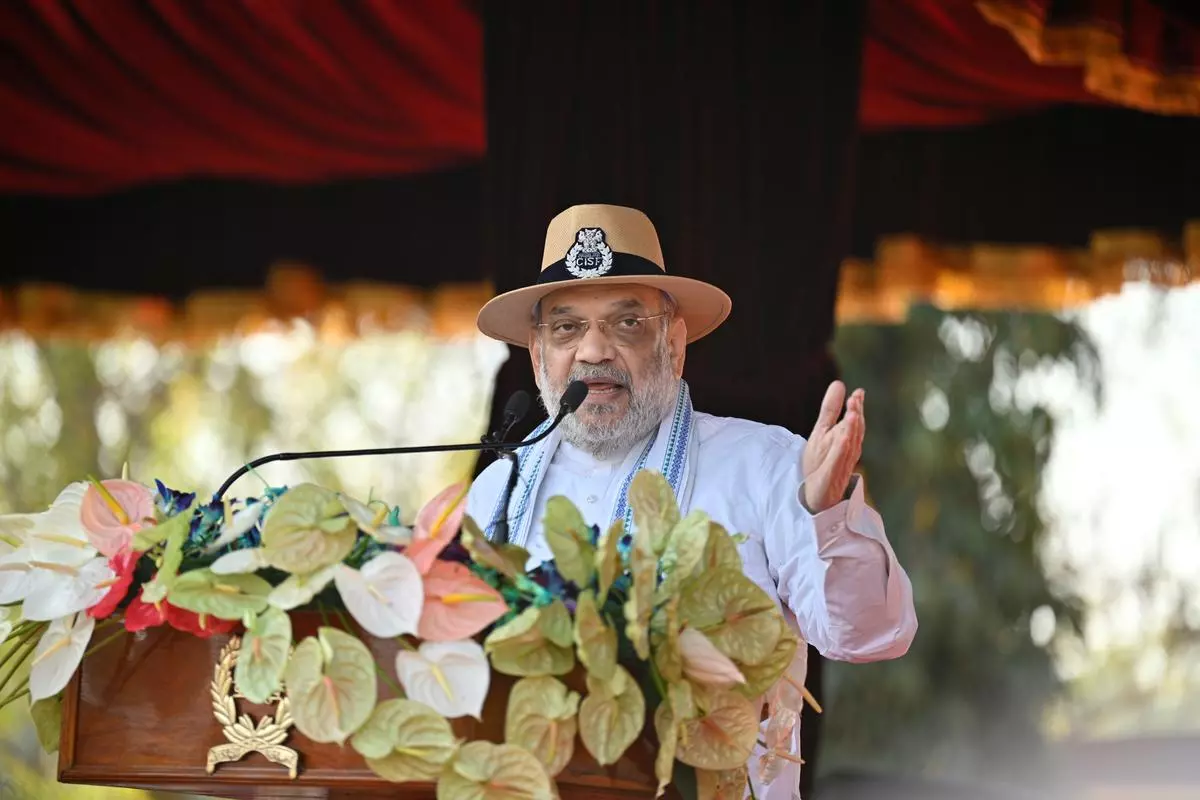

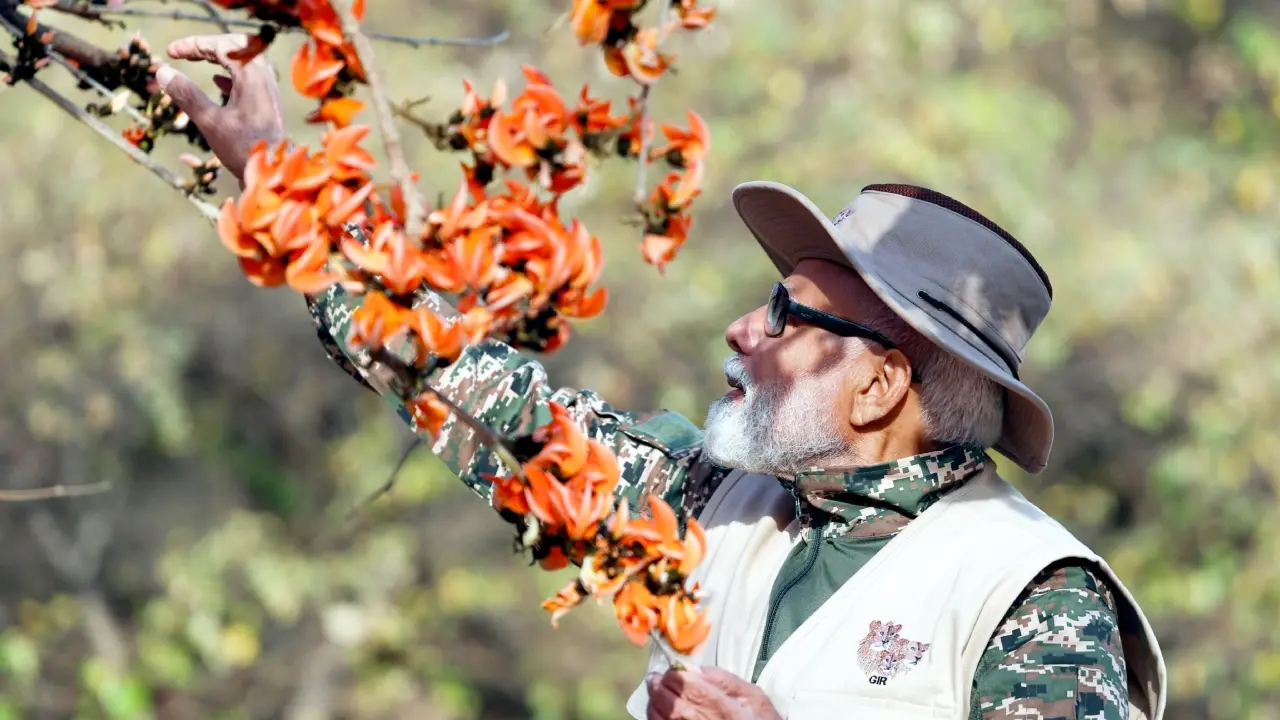



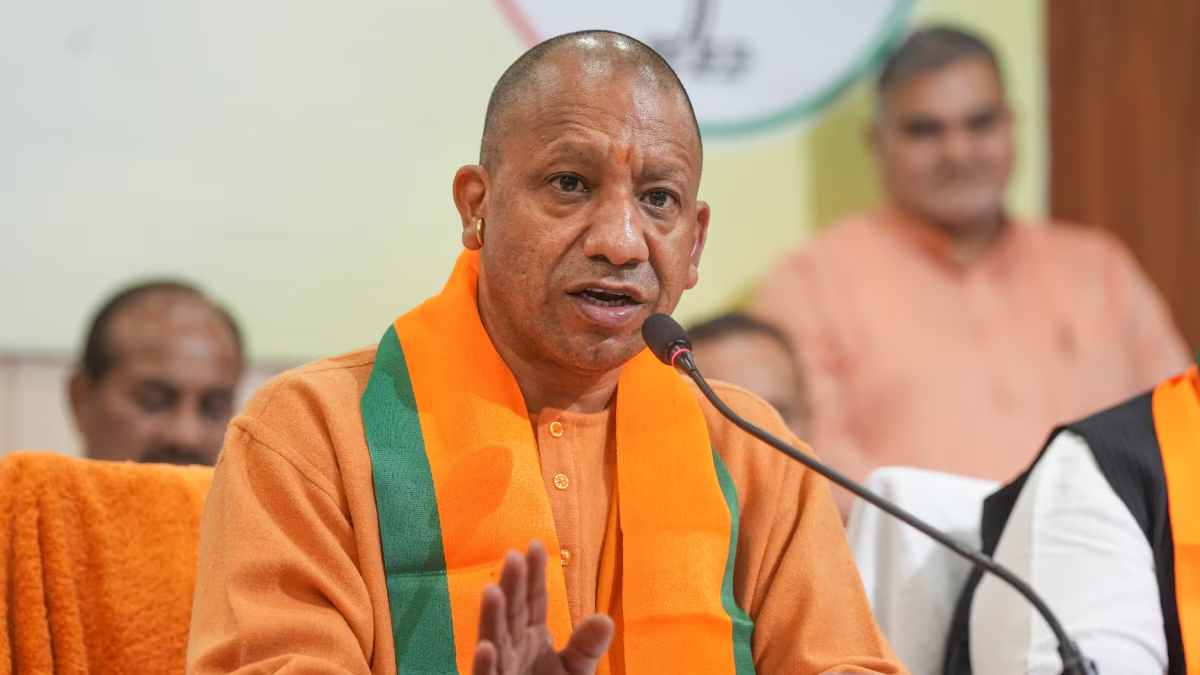
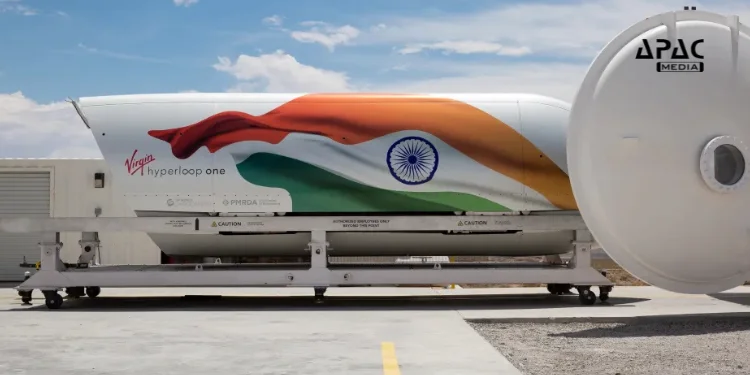



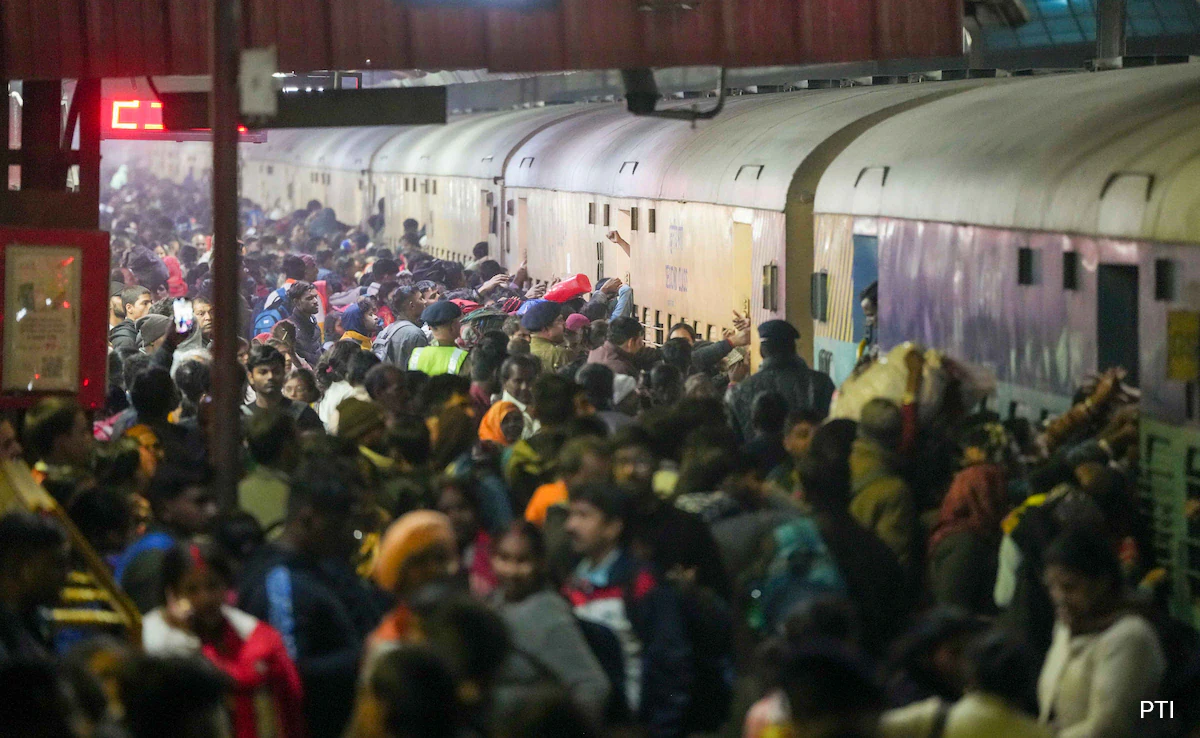
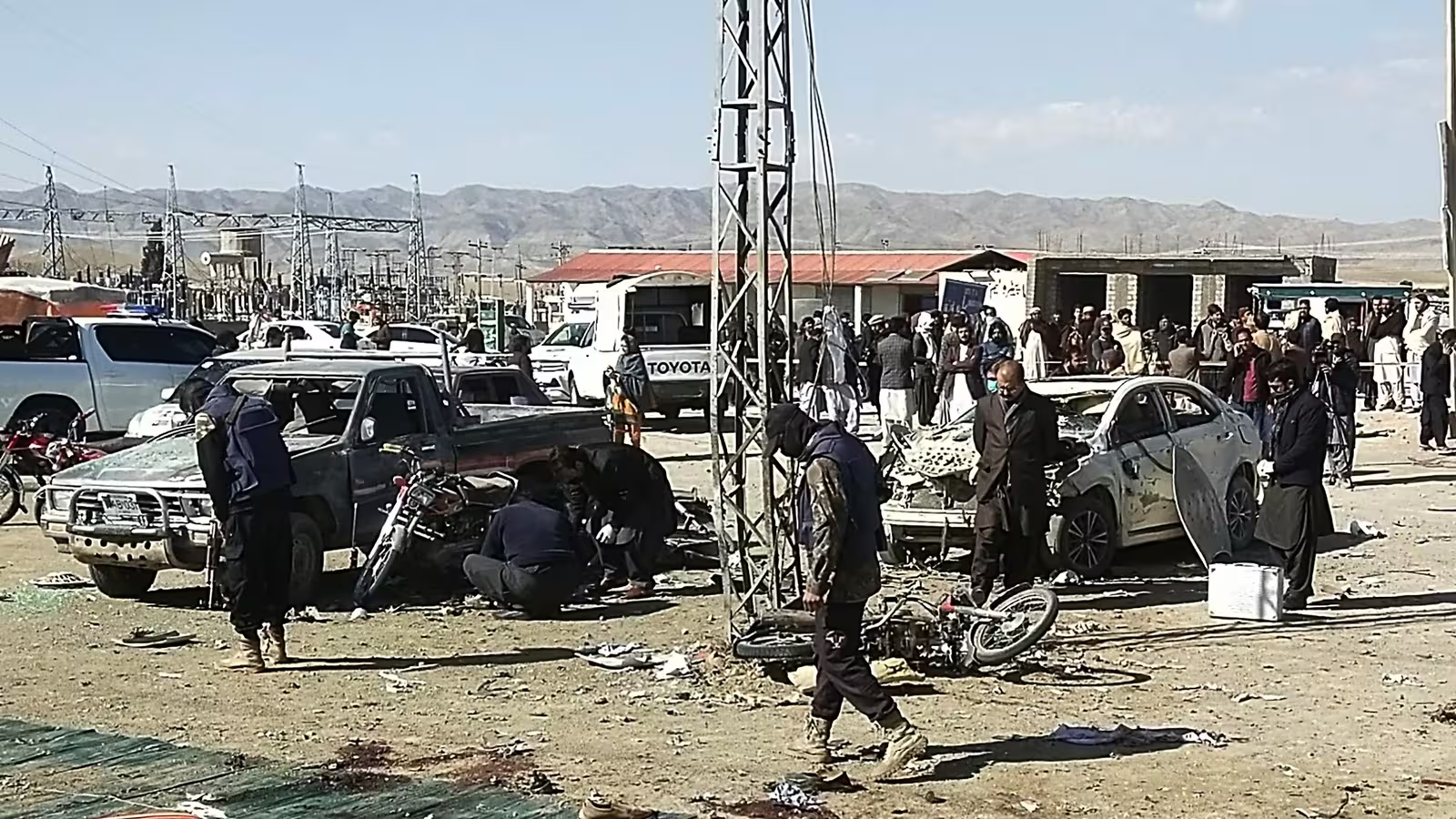


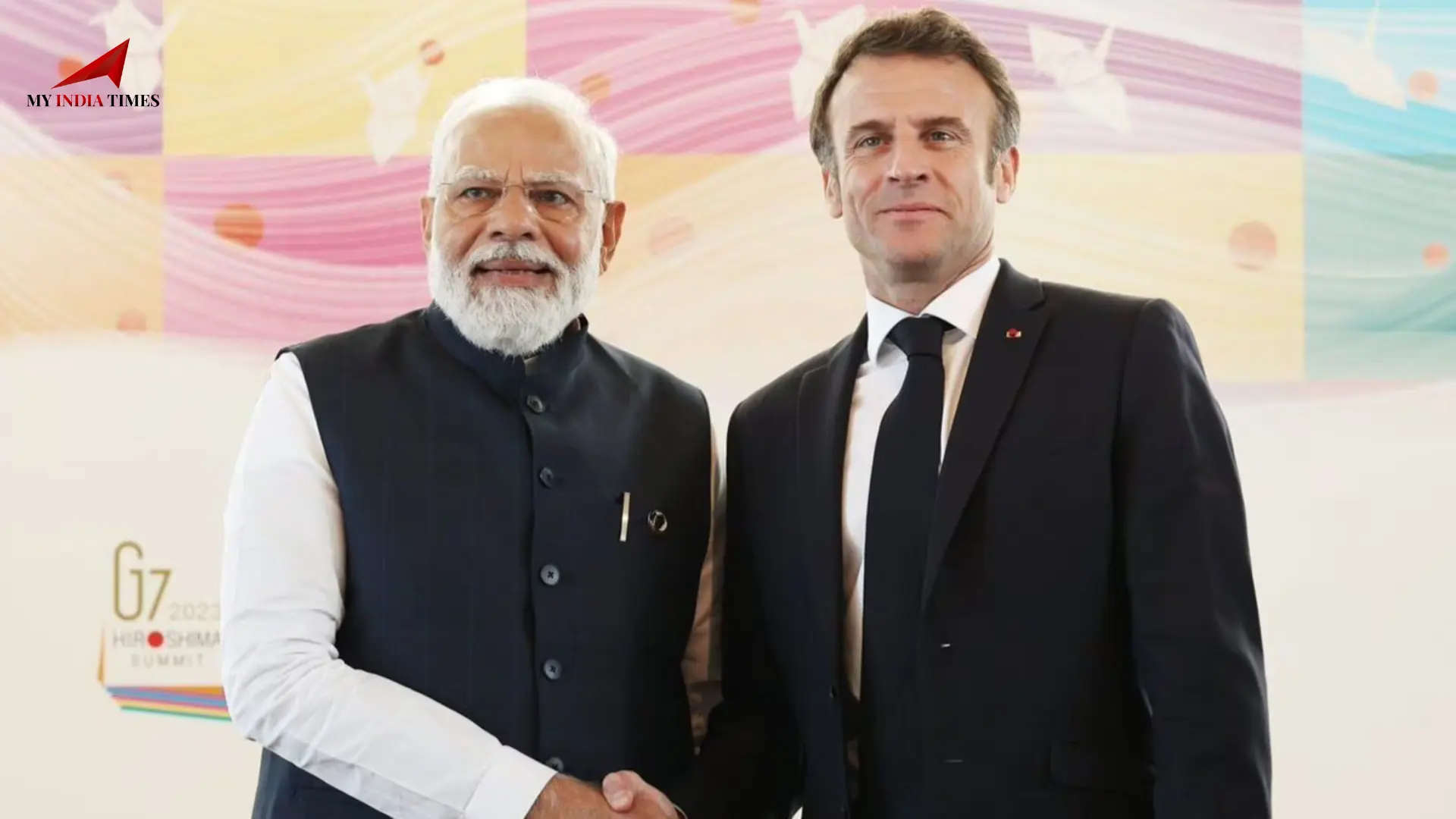
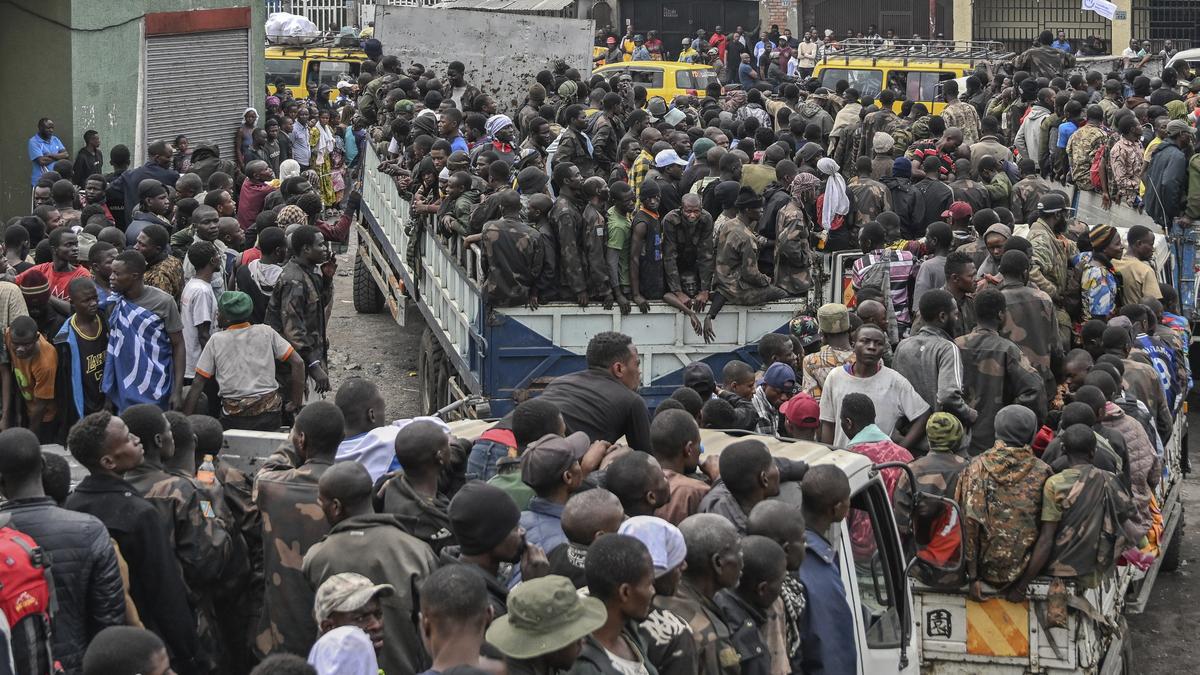
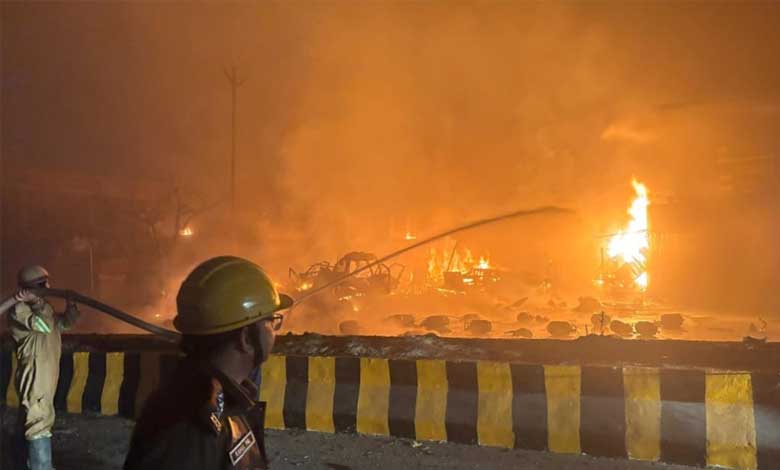



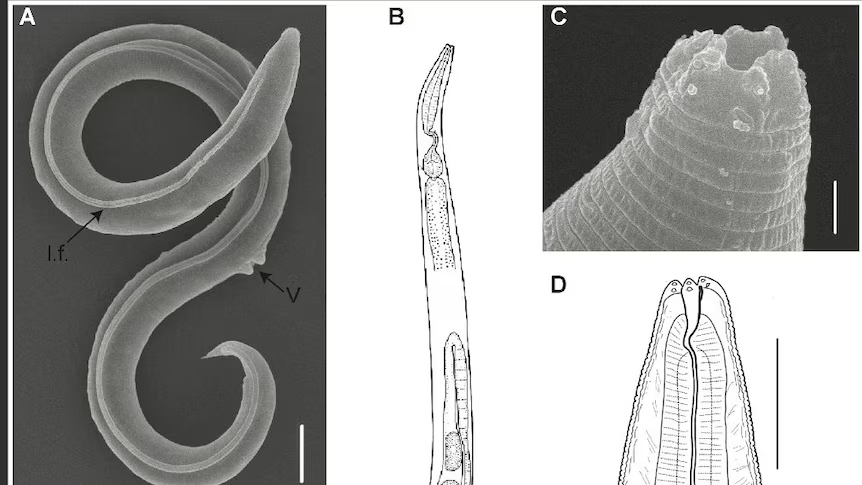
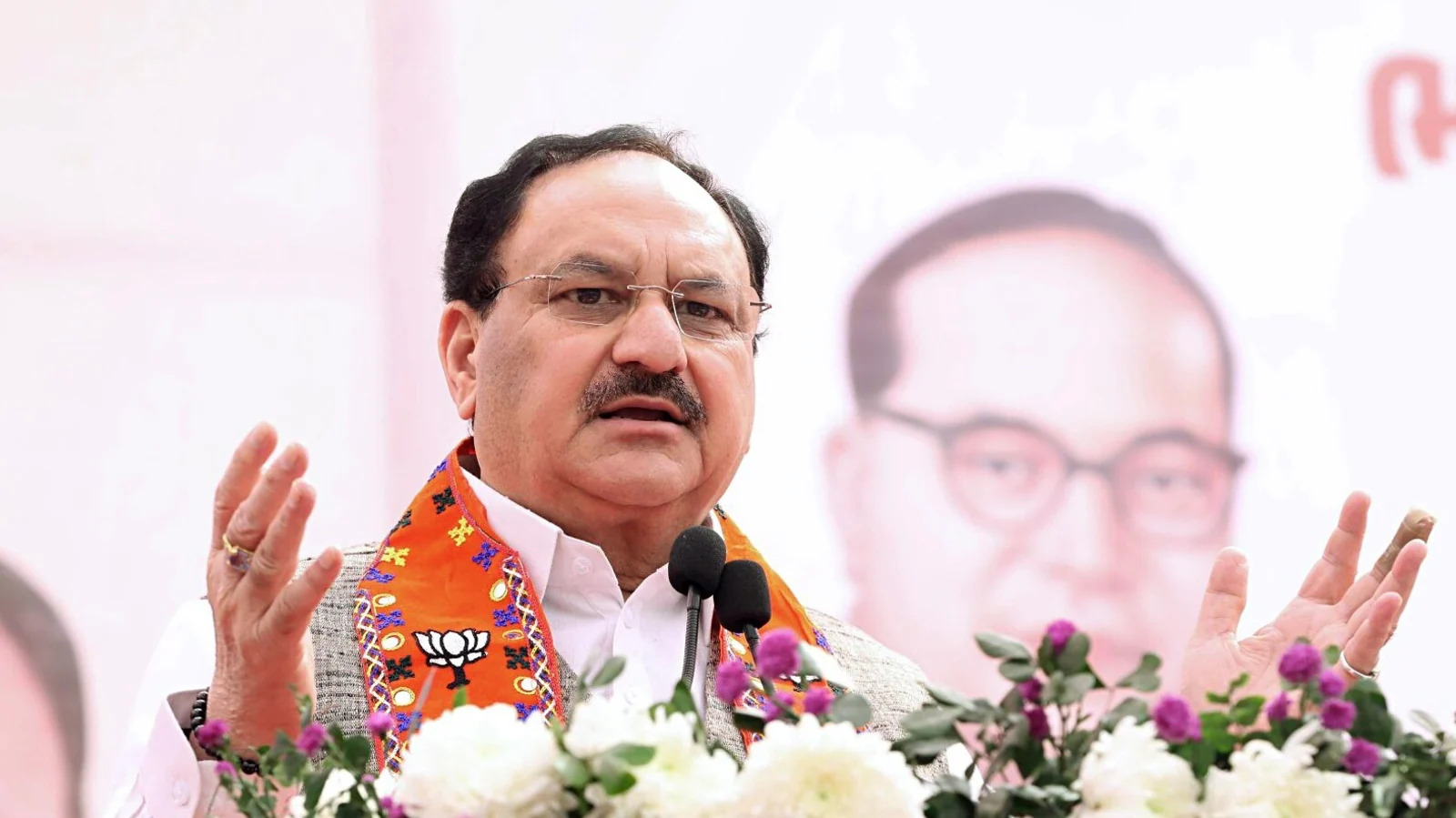








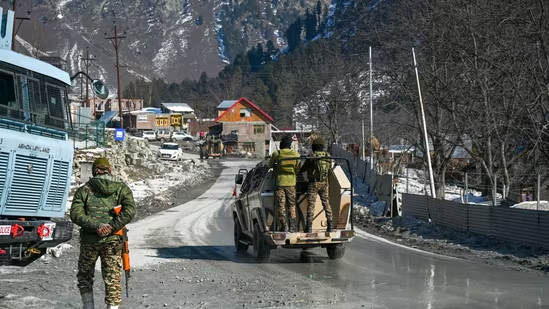



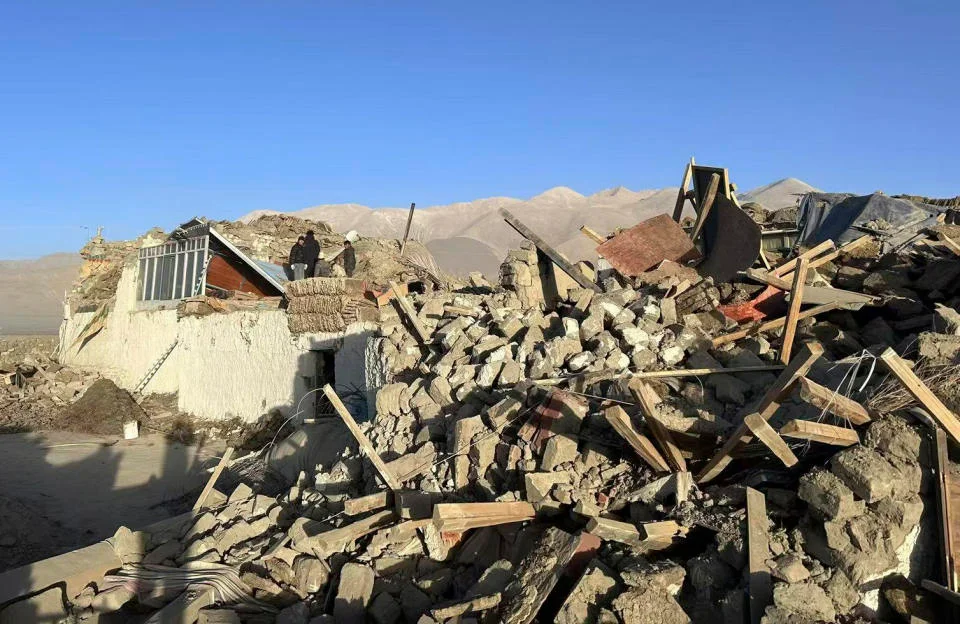




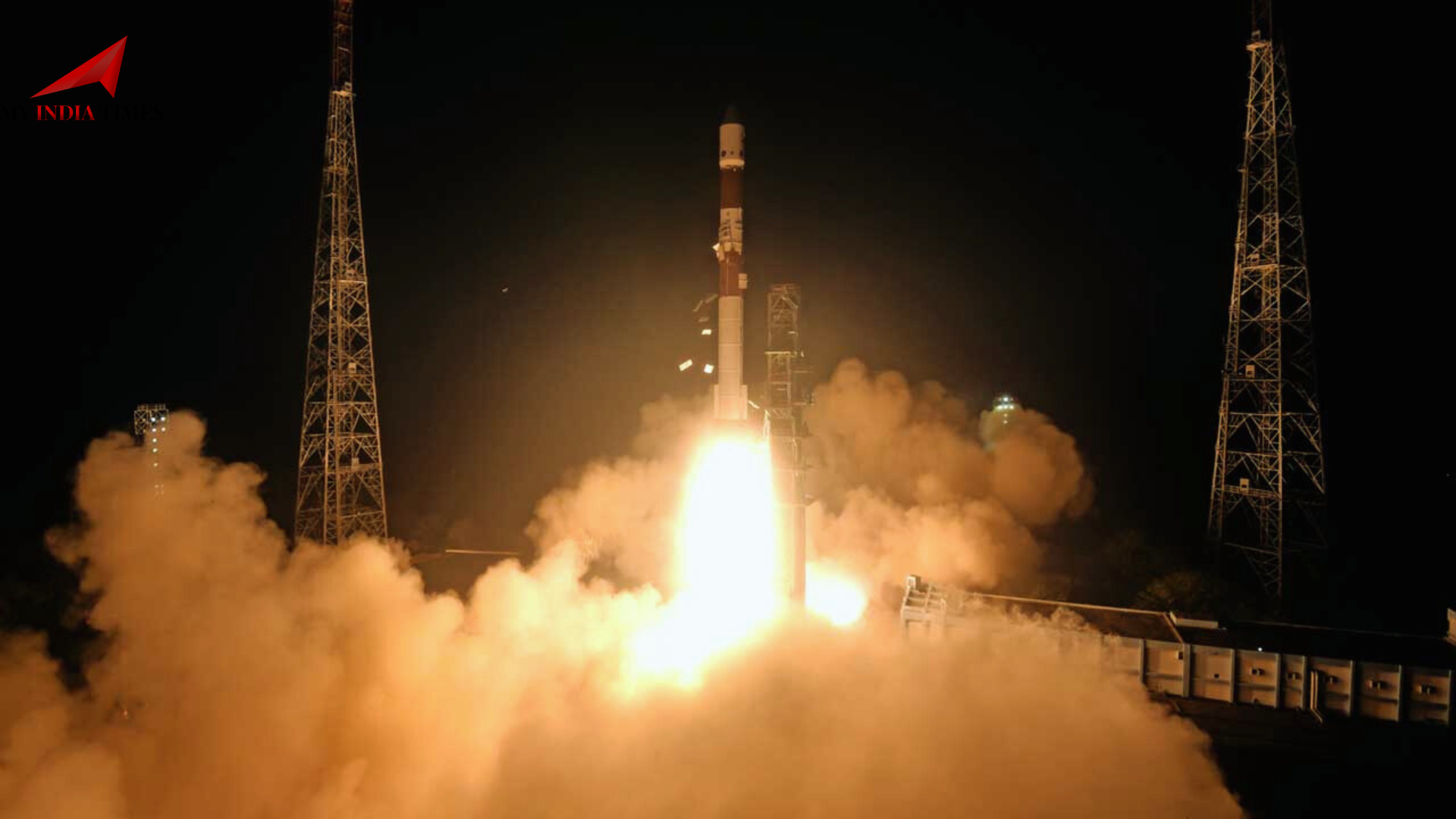
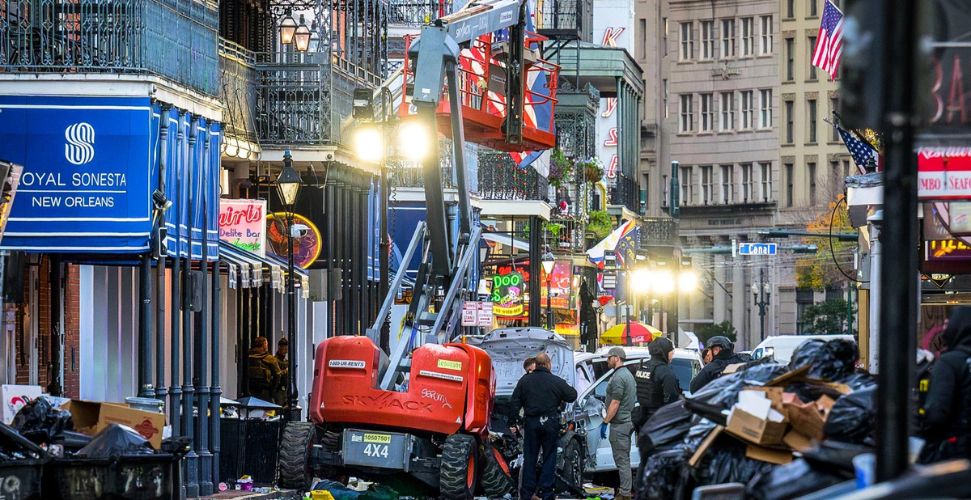
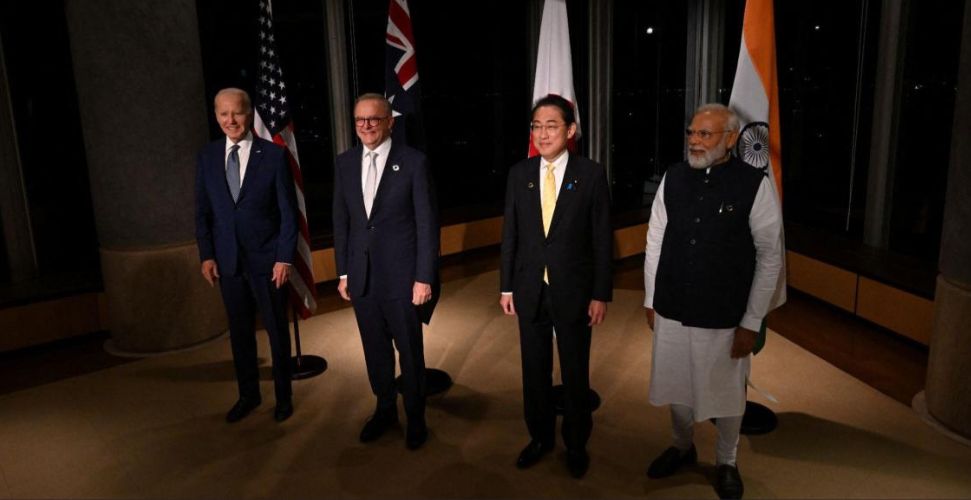

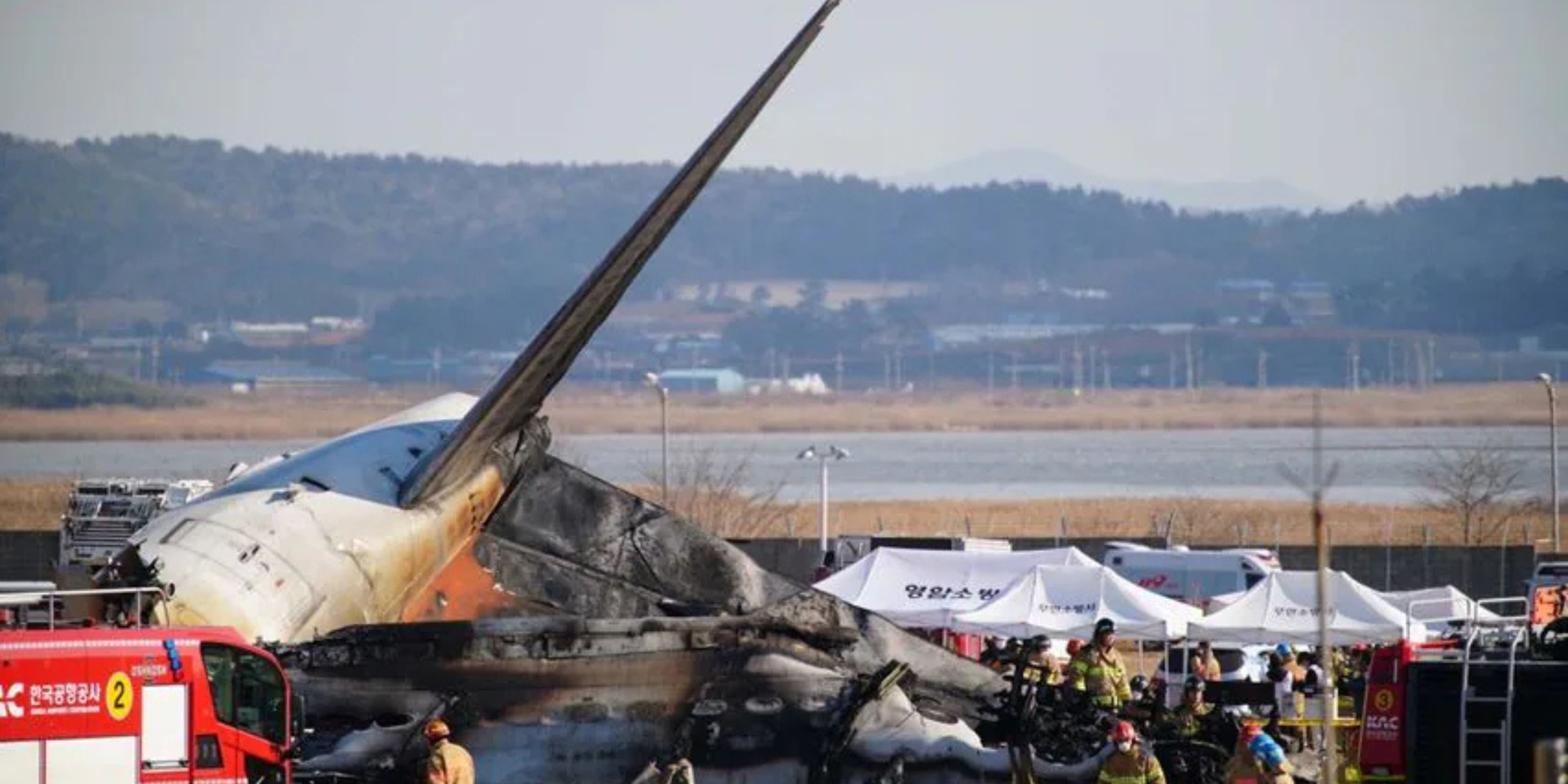
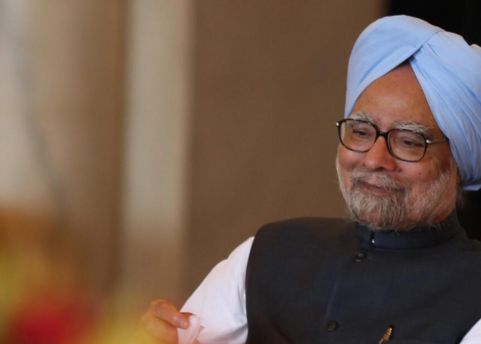
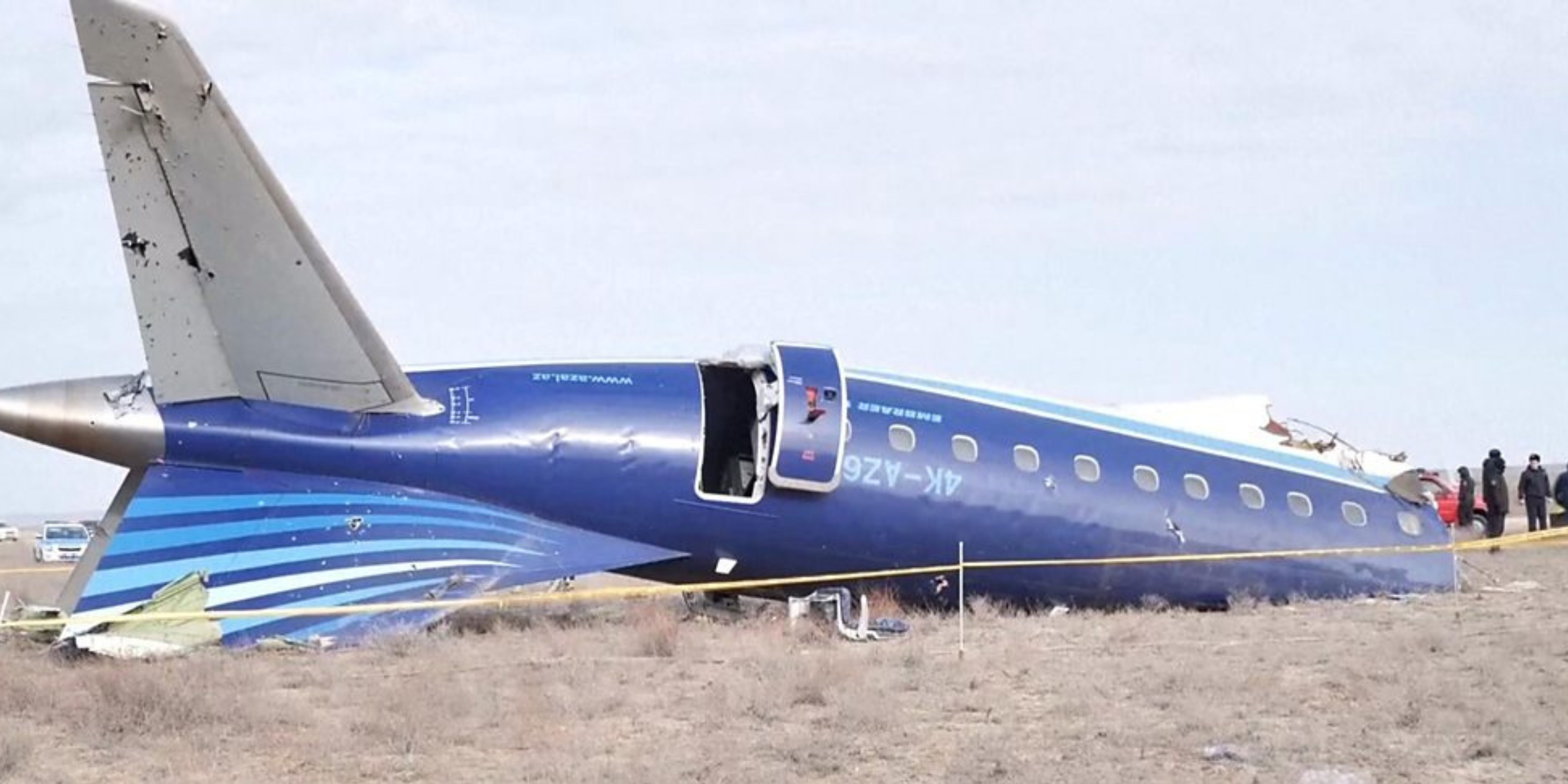
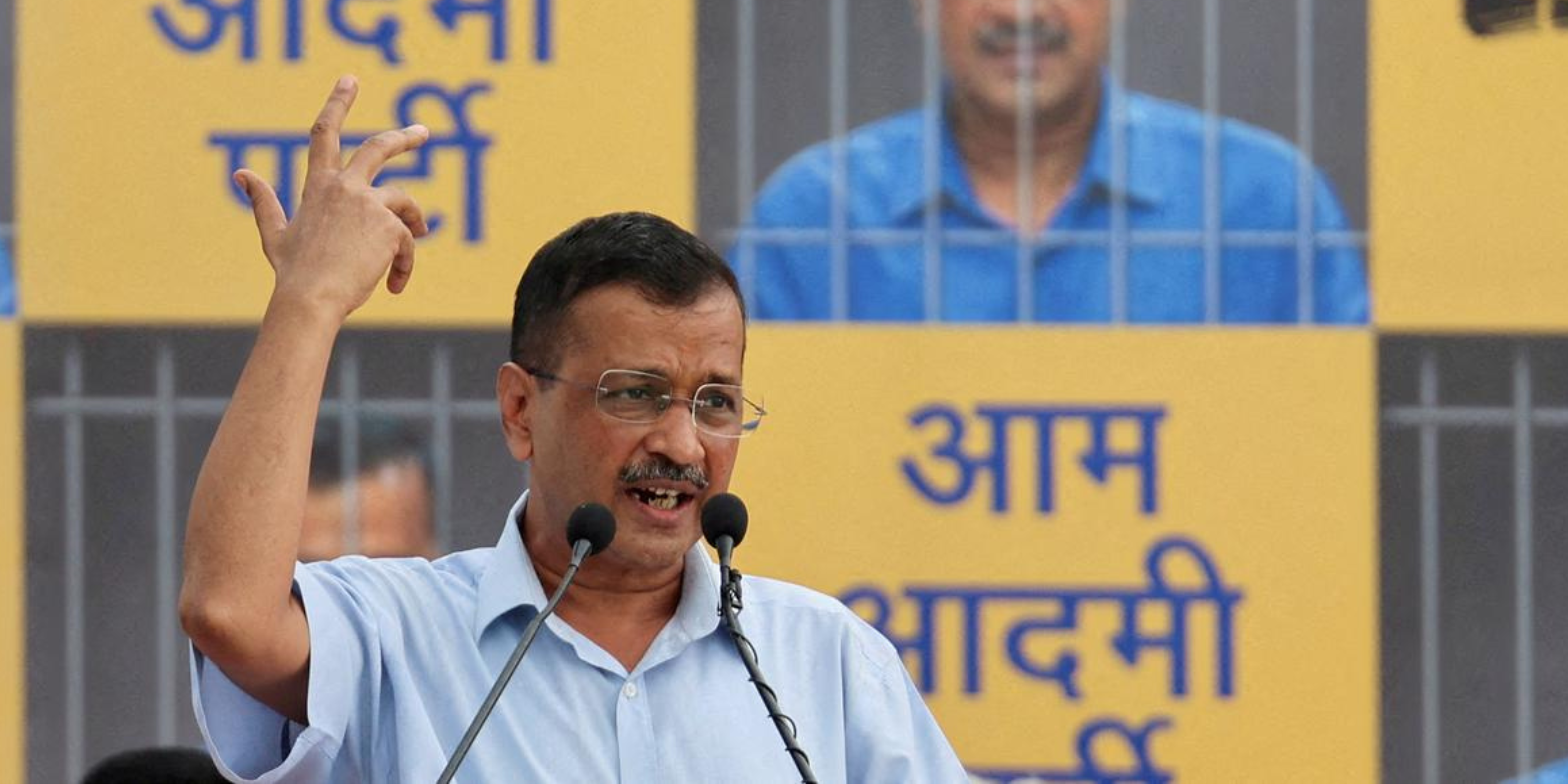

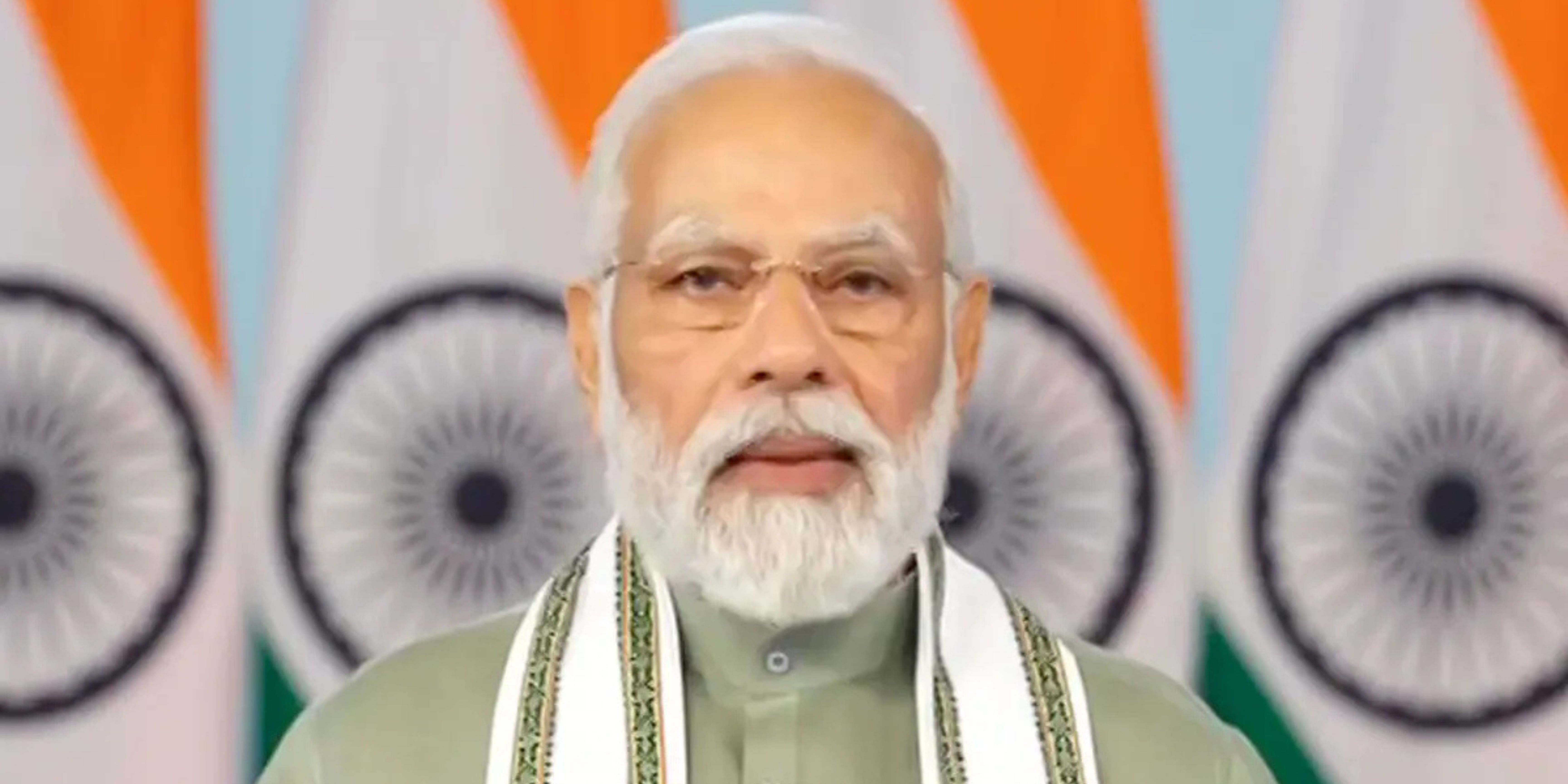



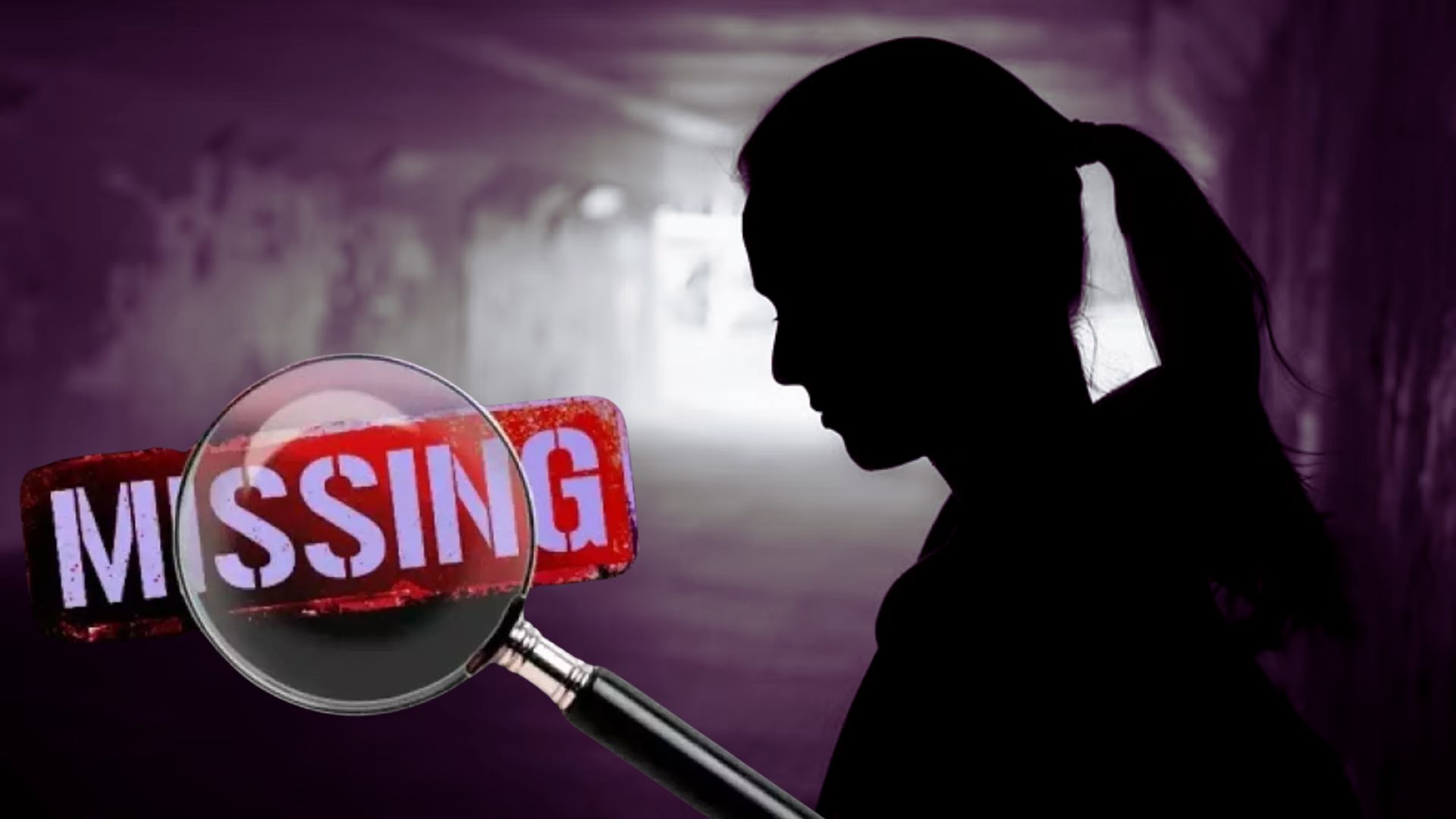


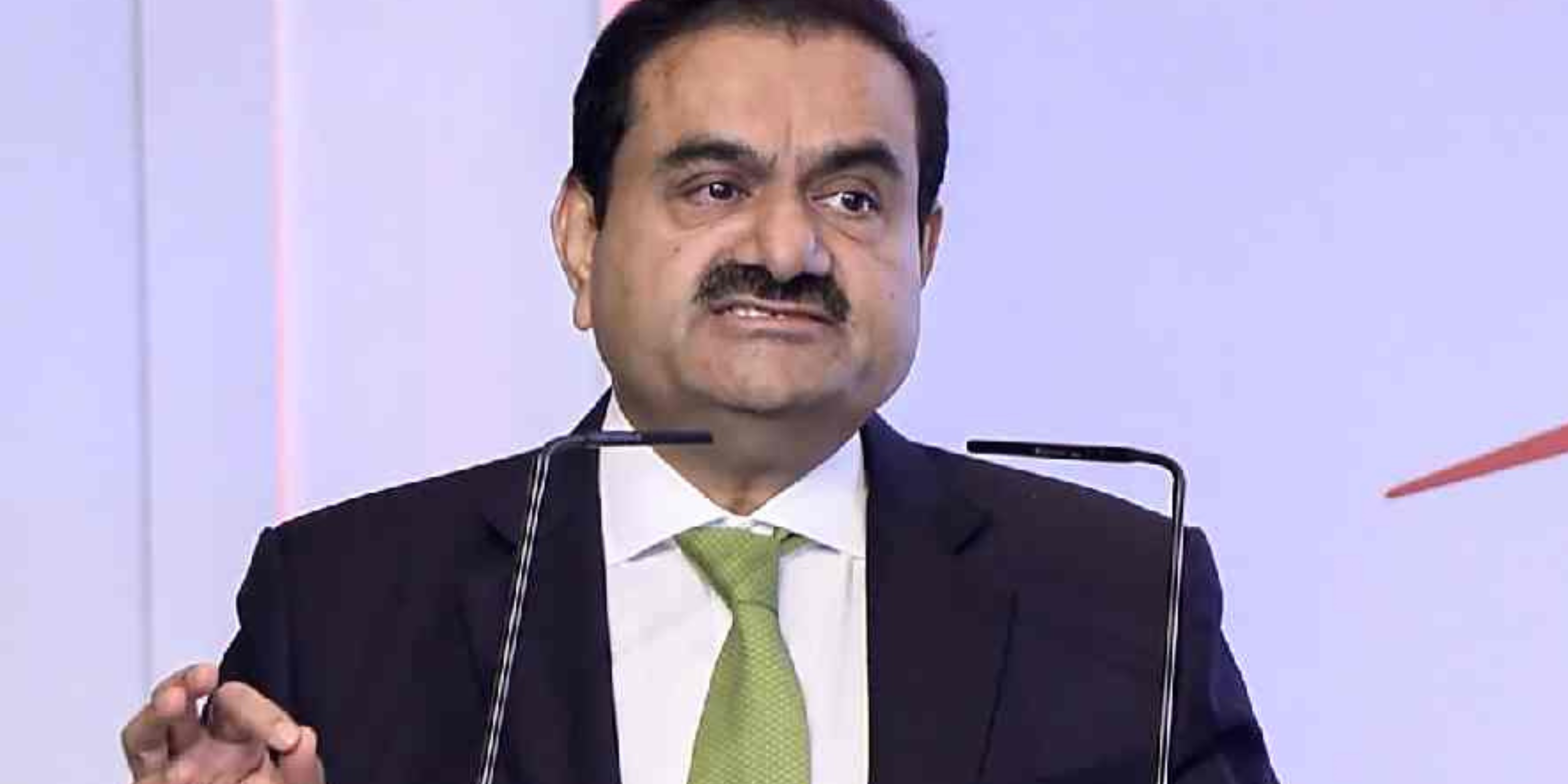

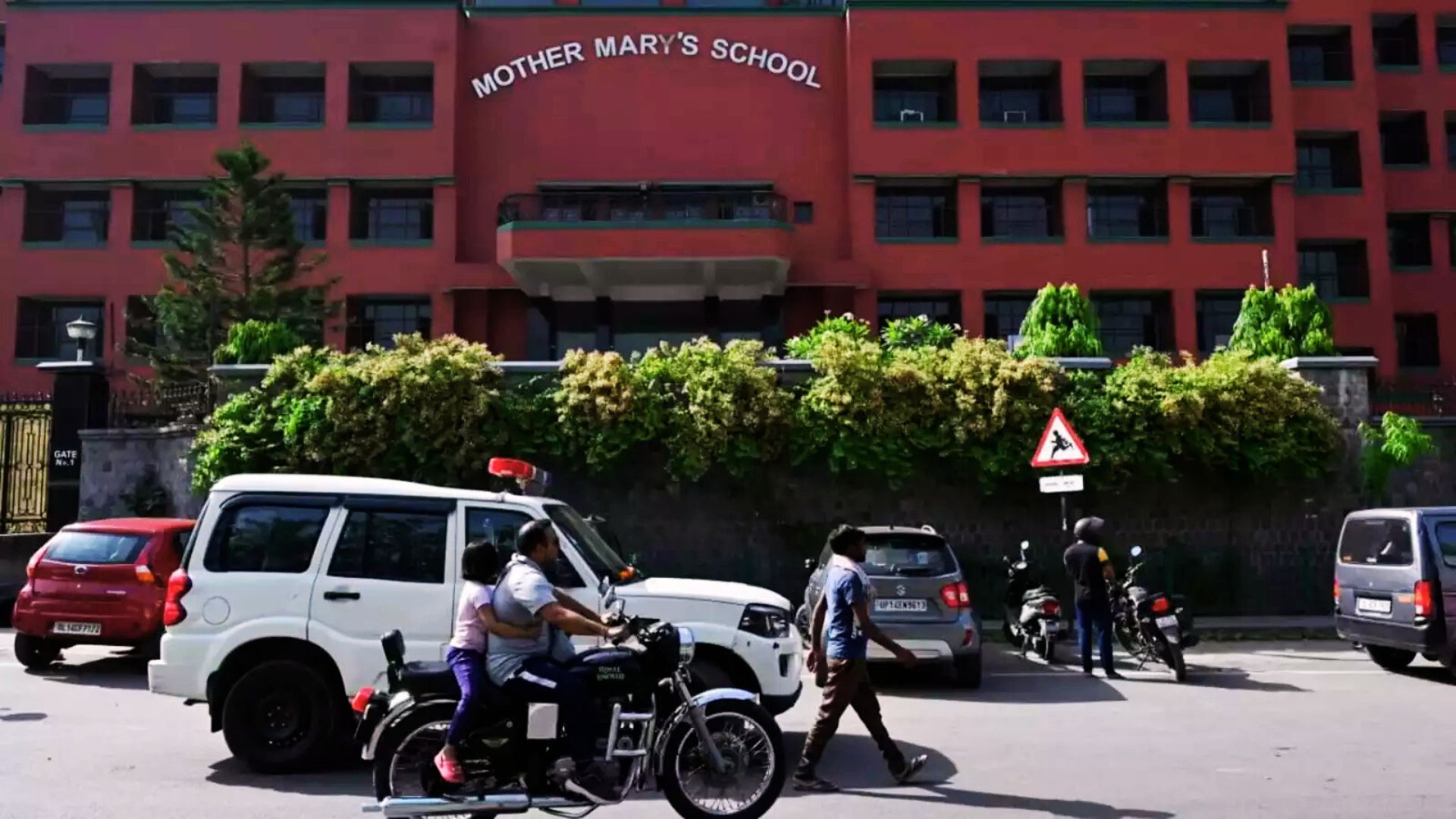
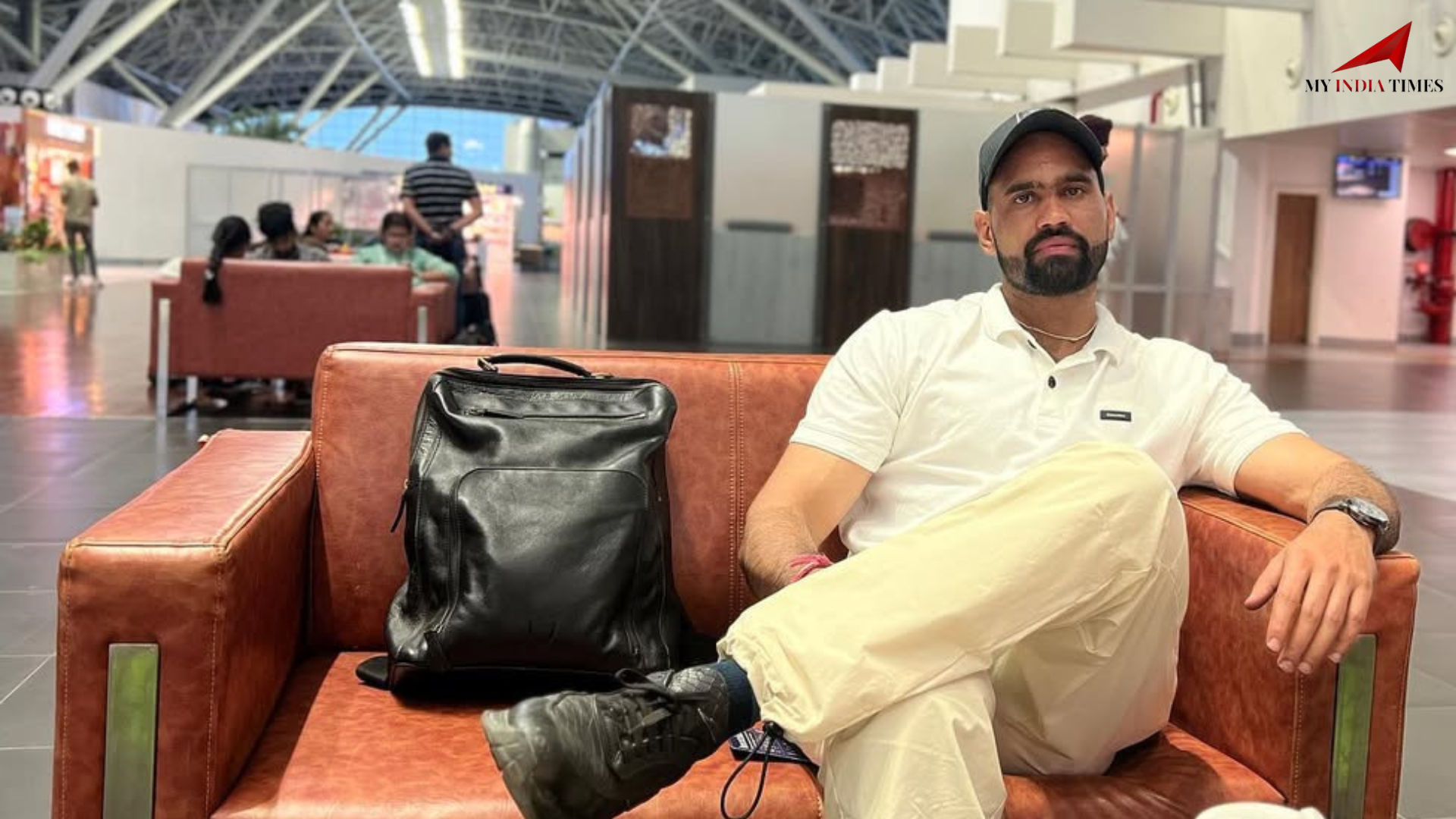
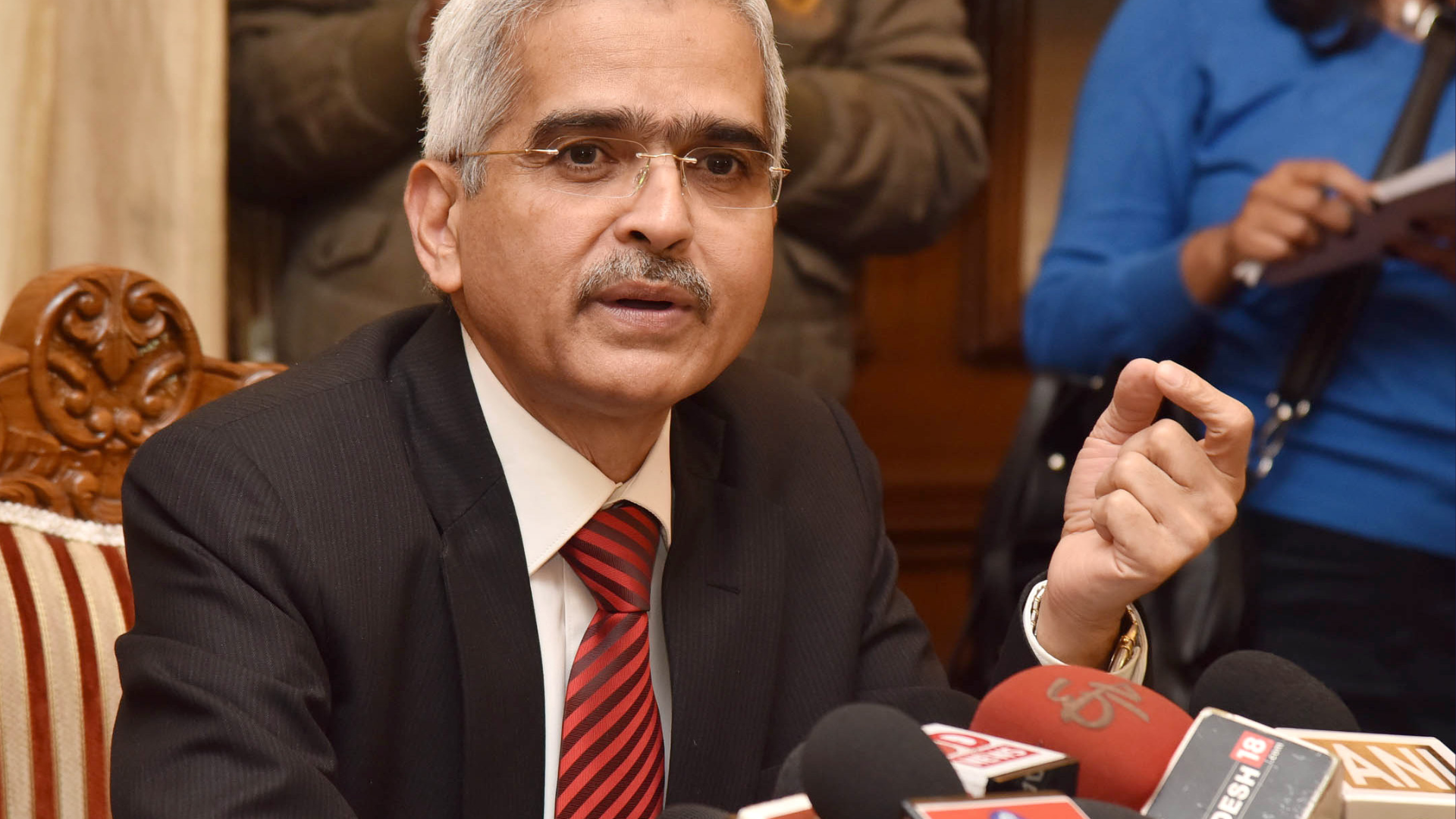




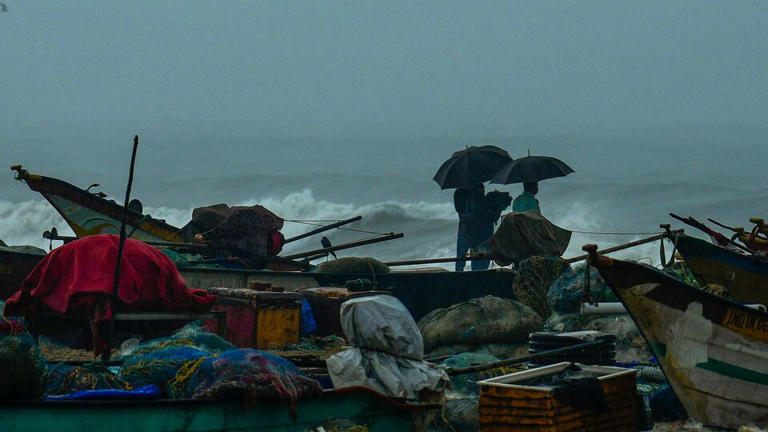

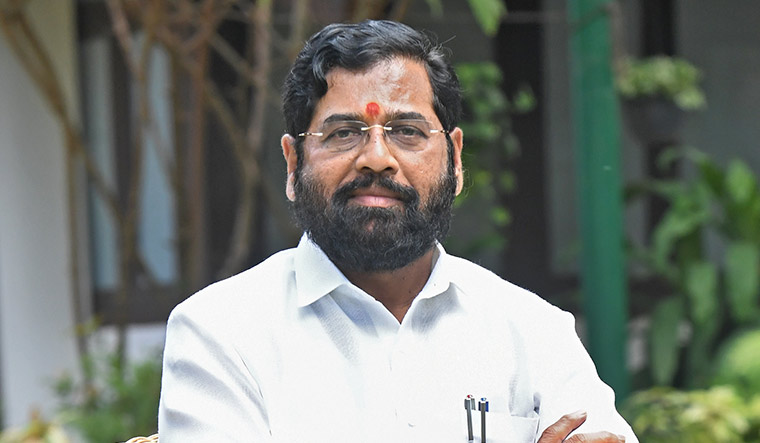
.png)
 (1).png)
